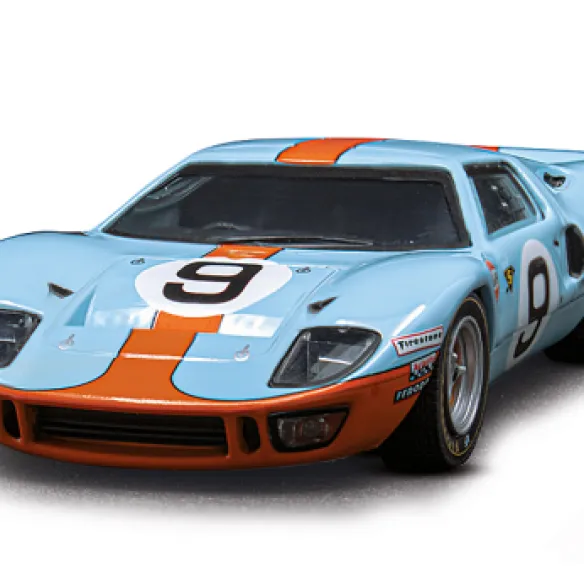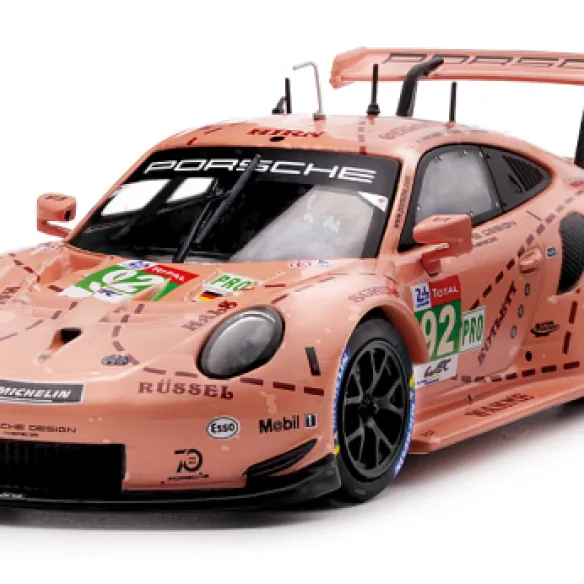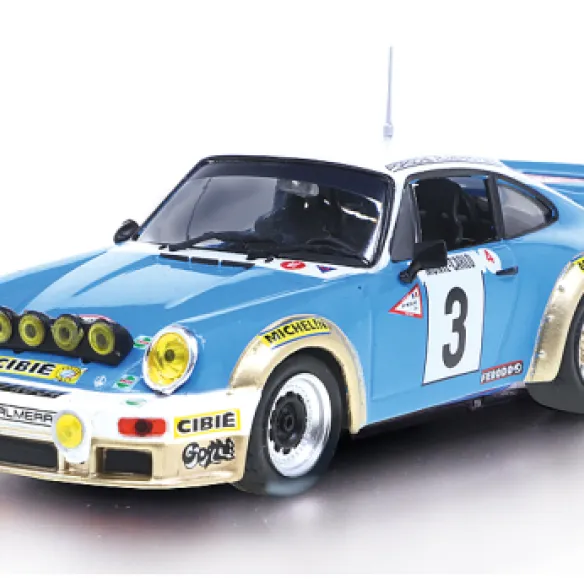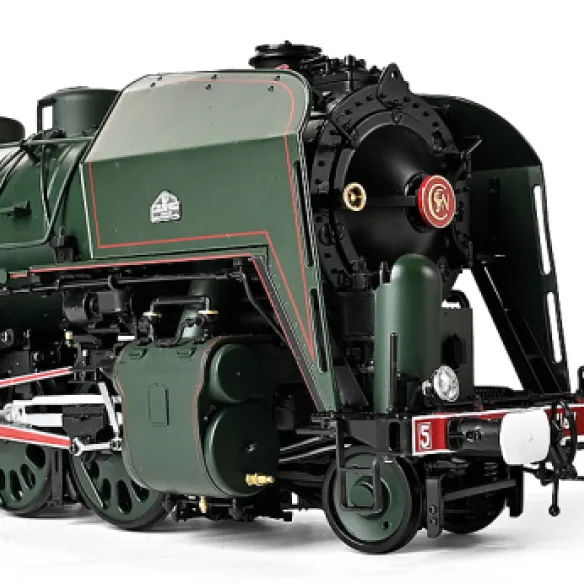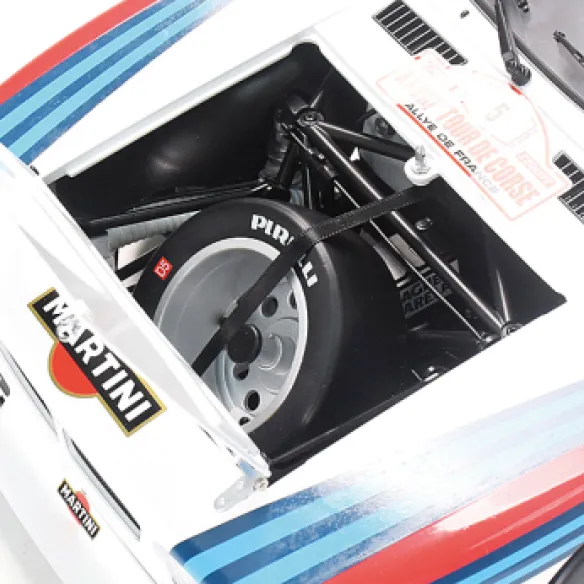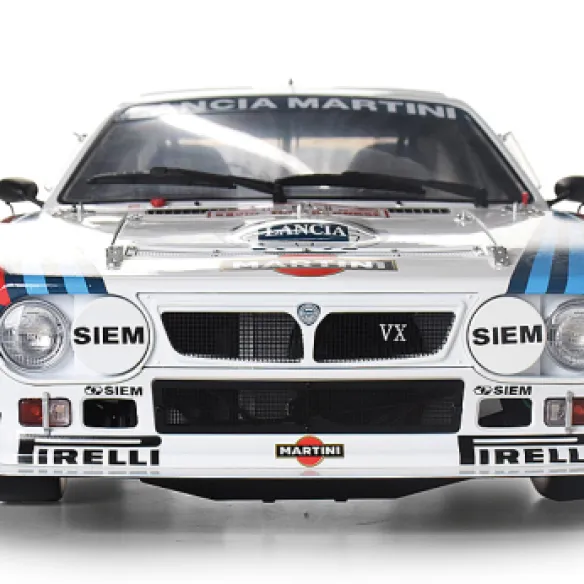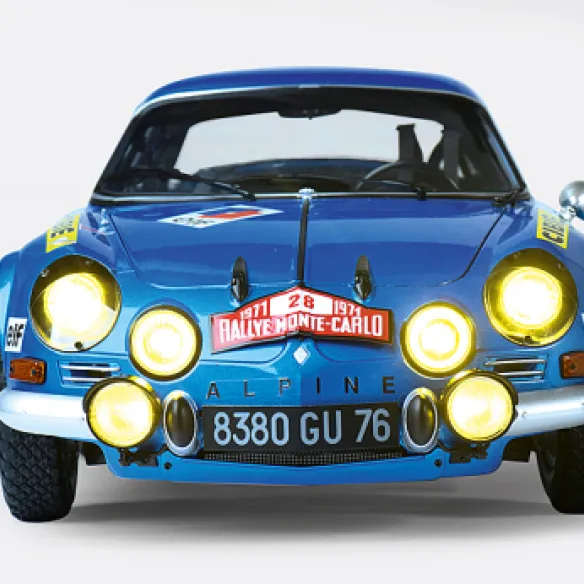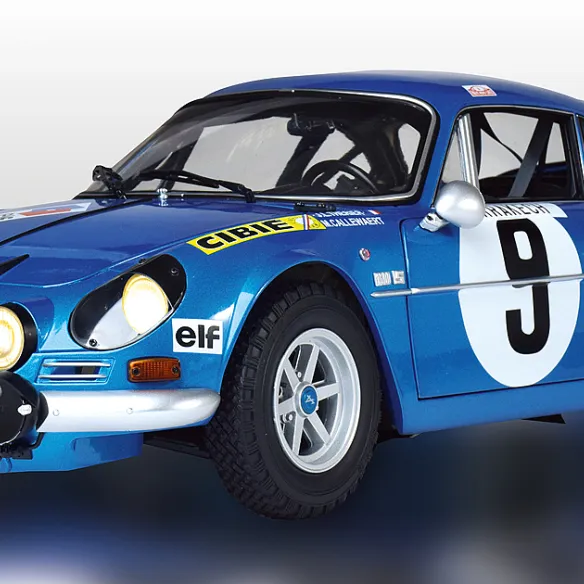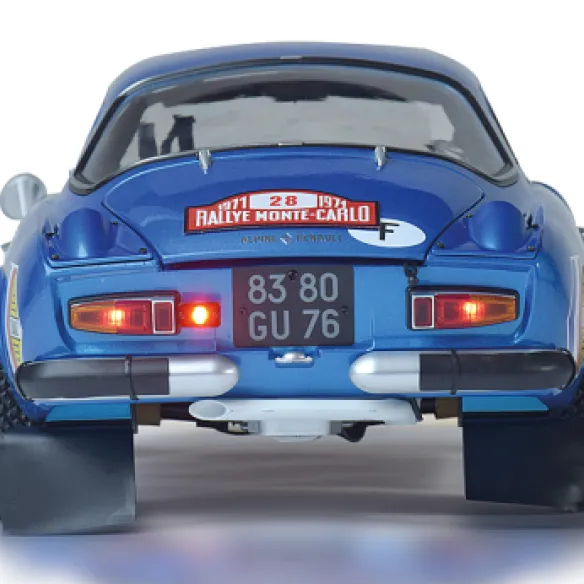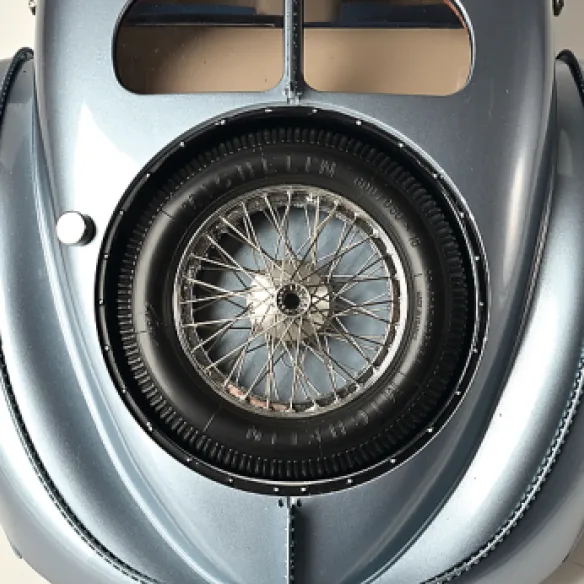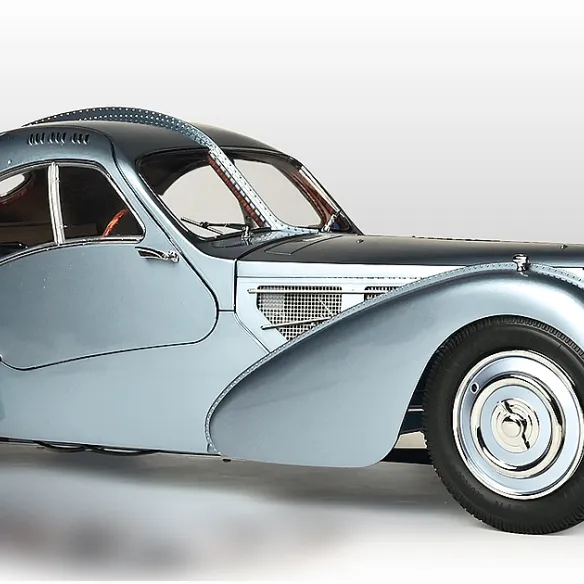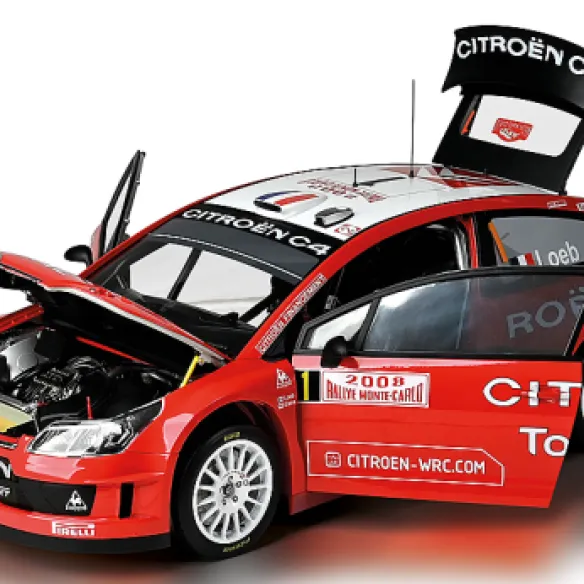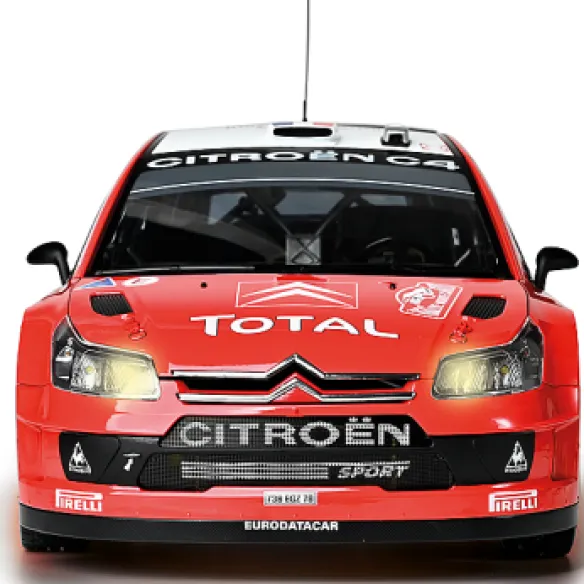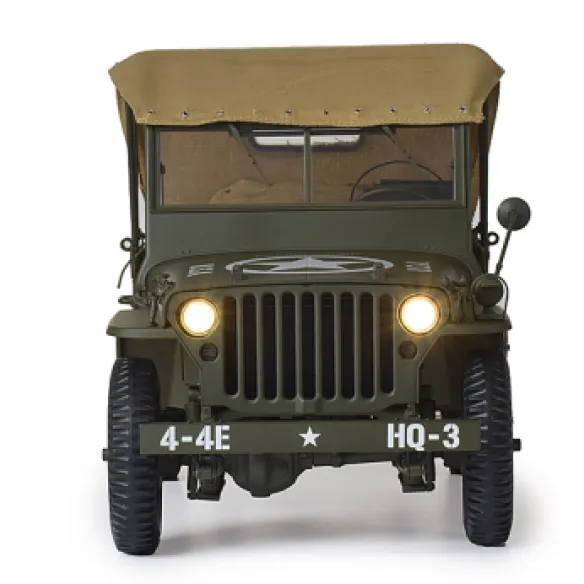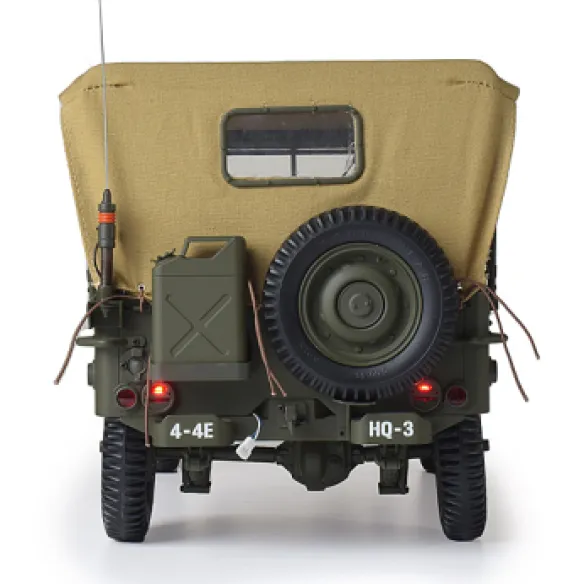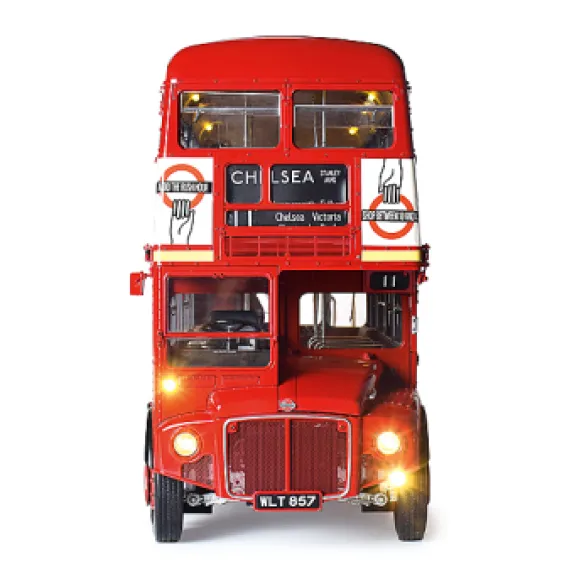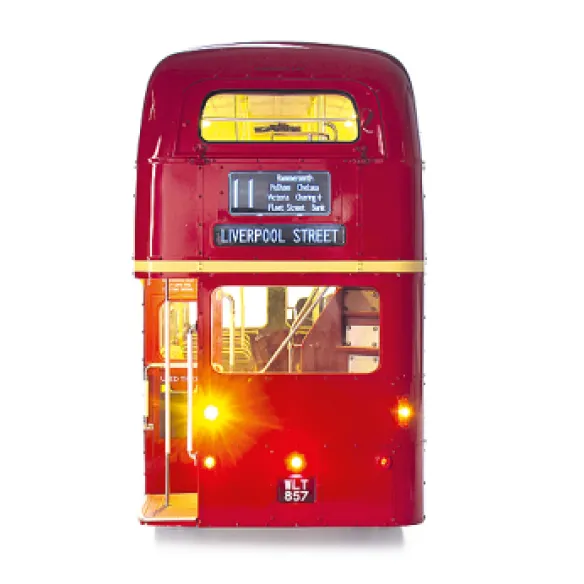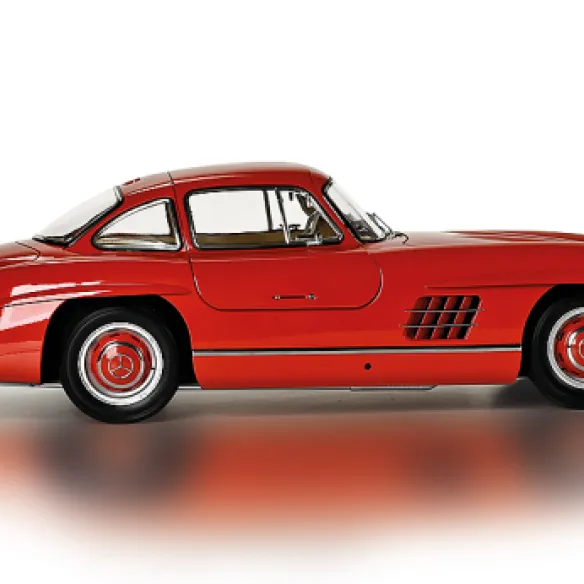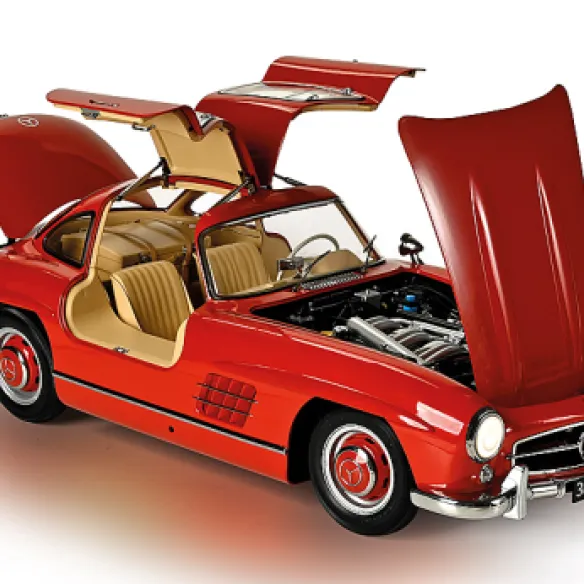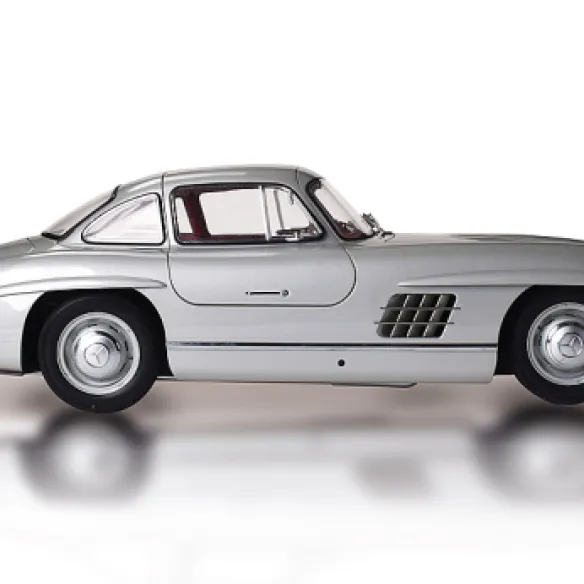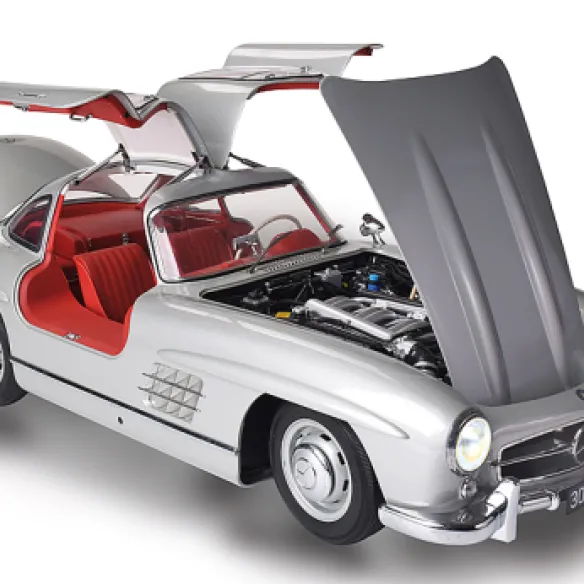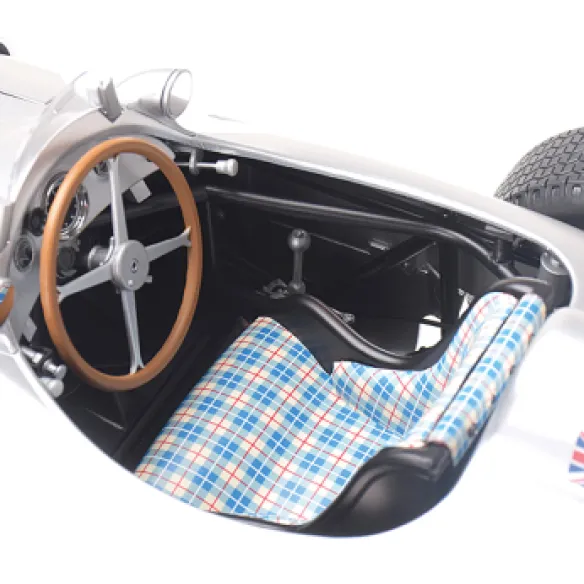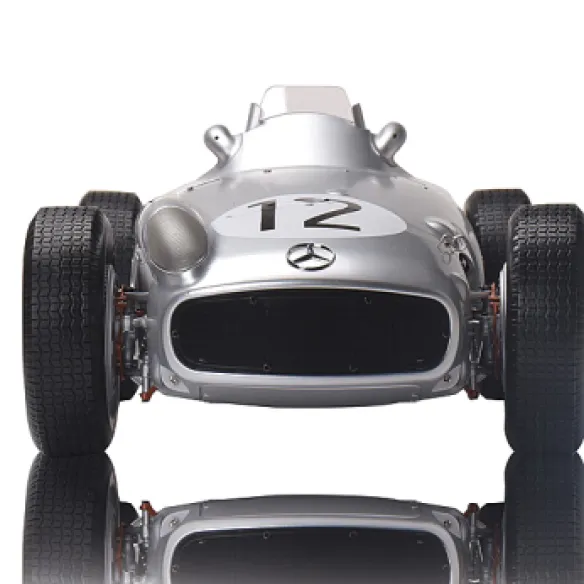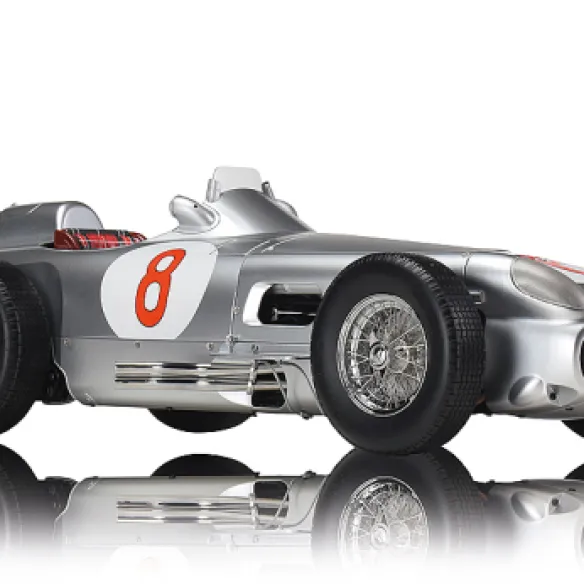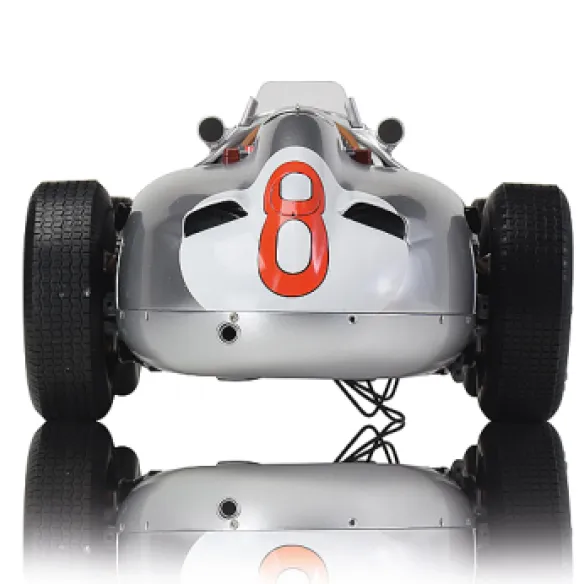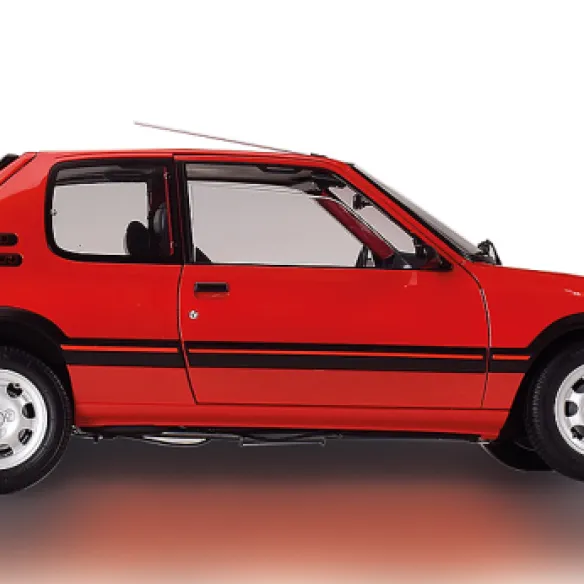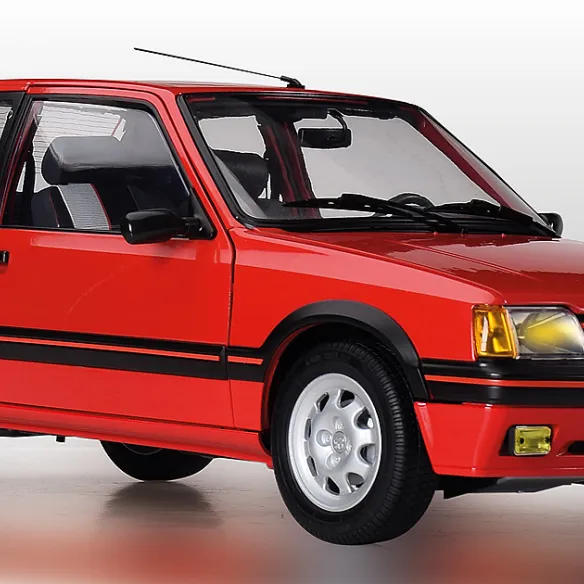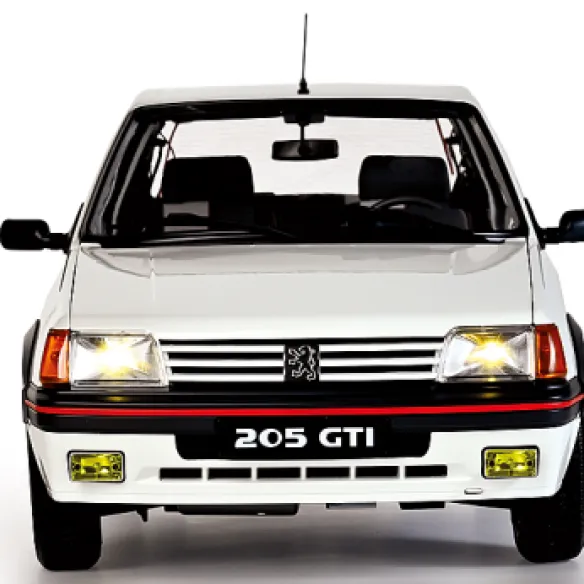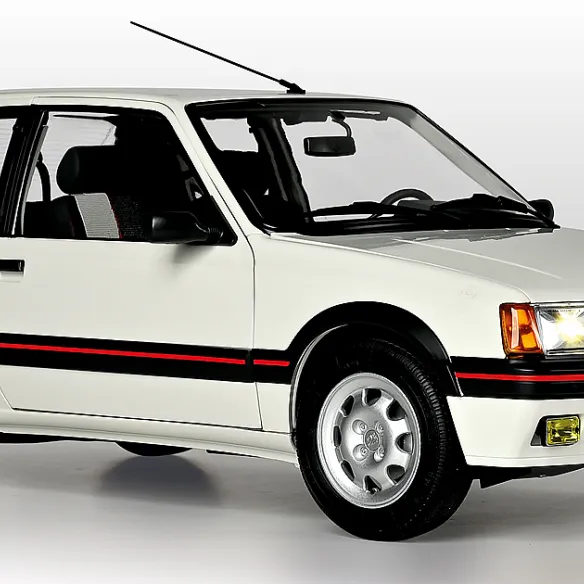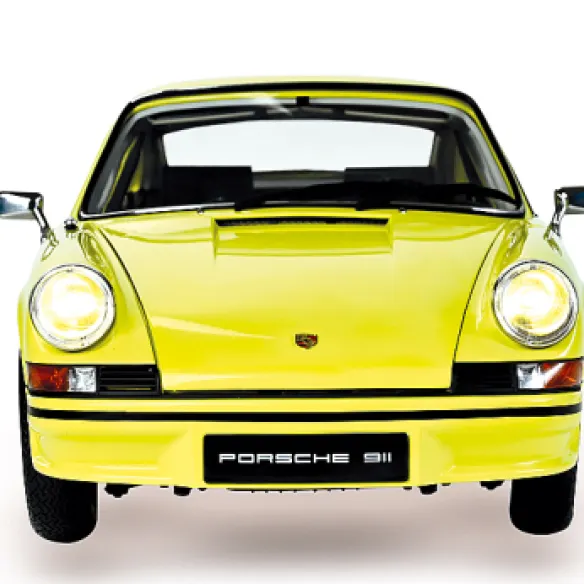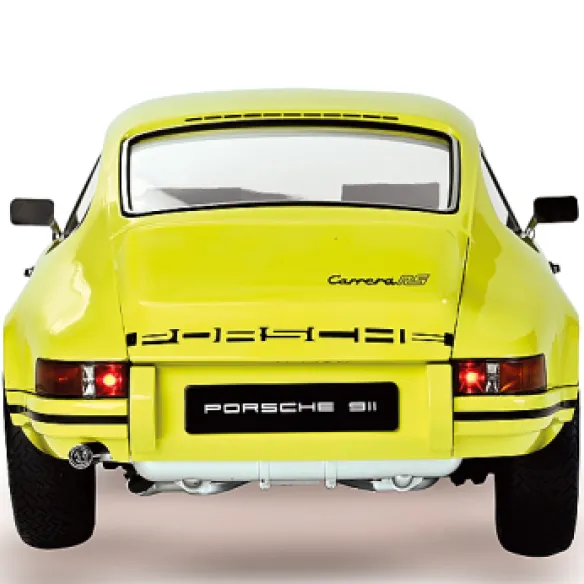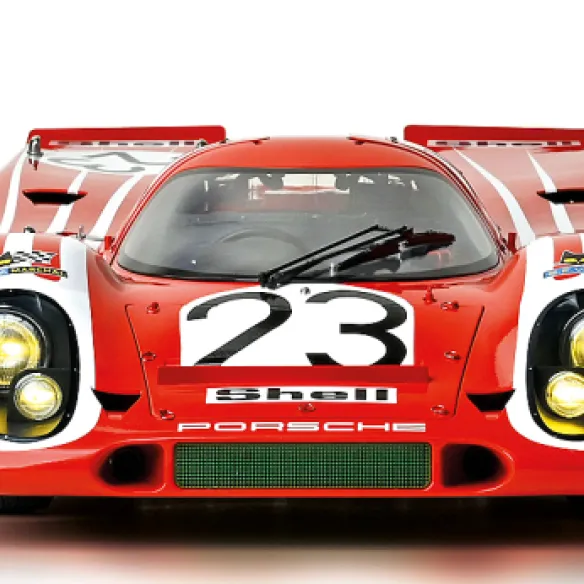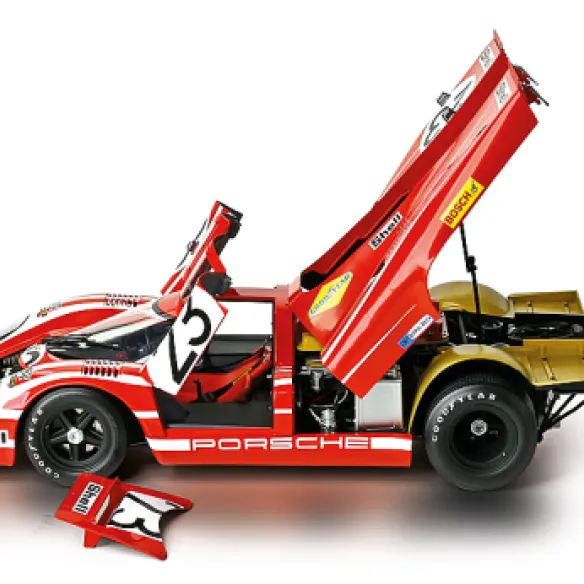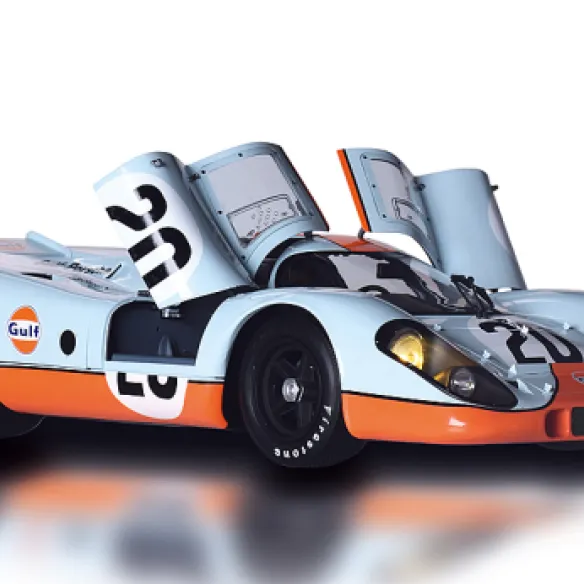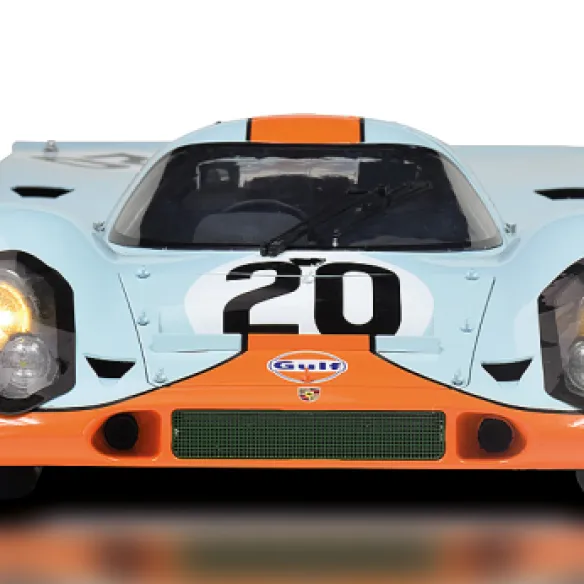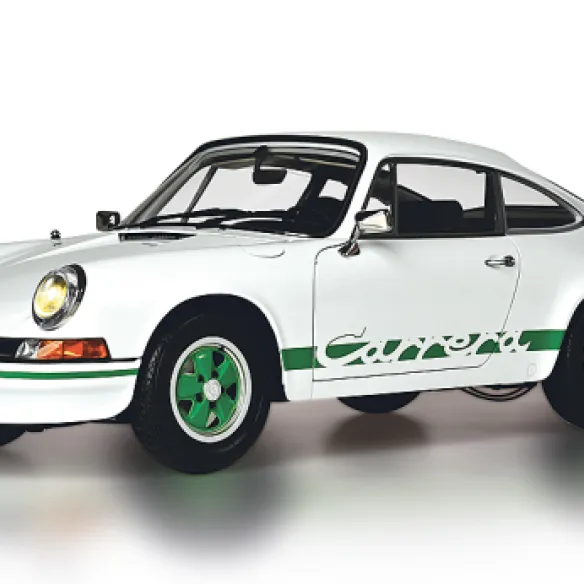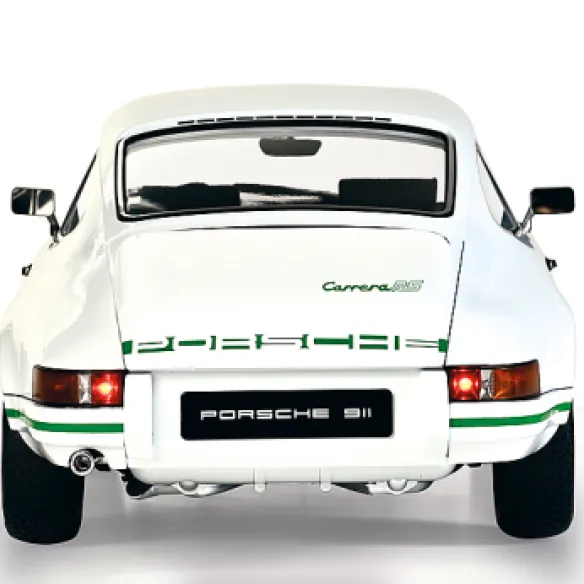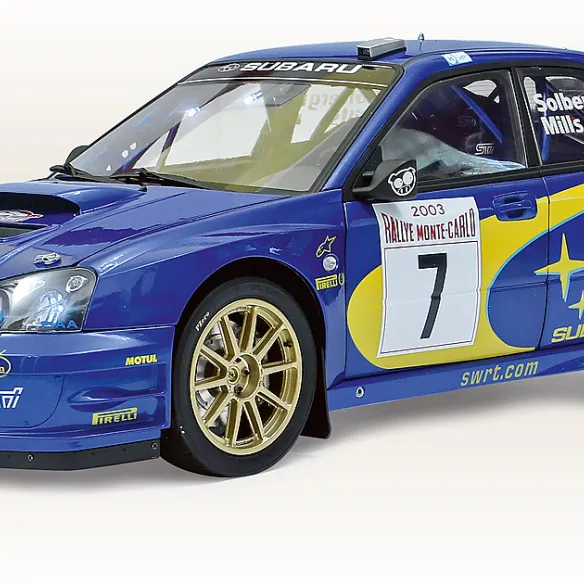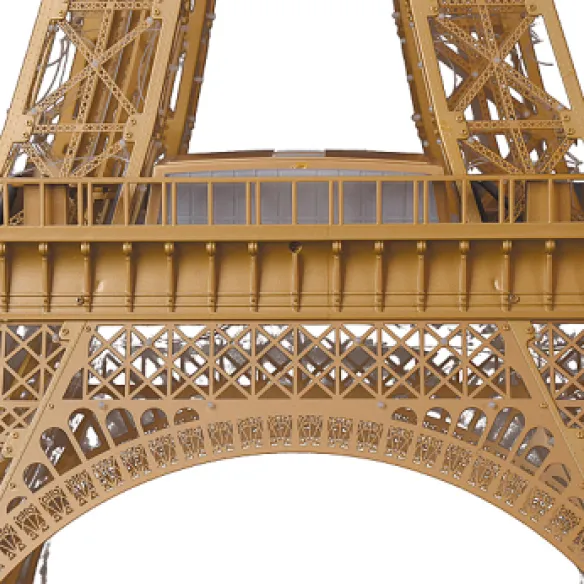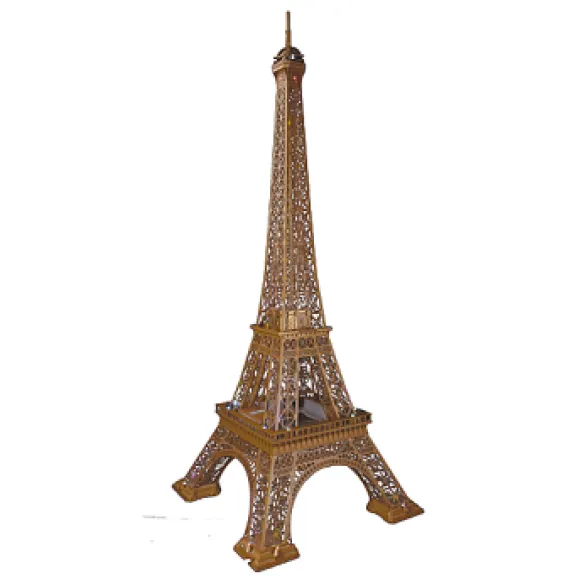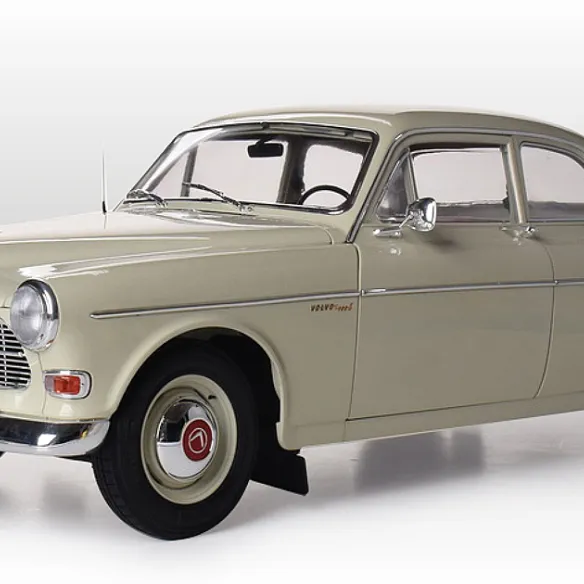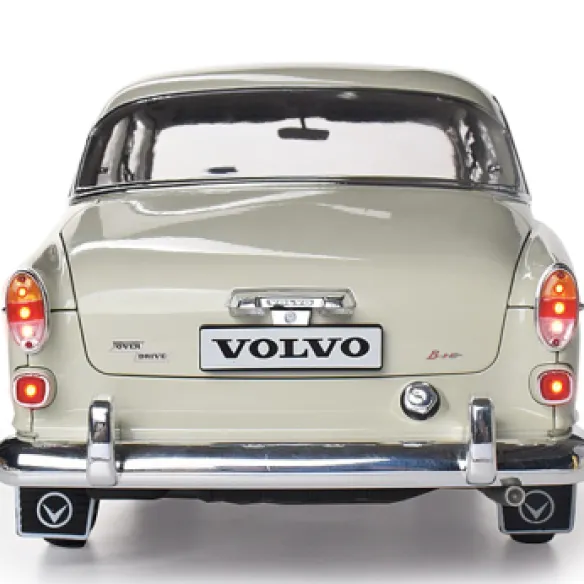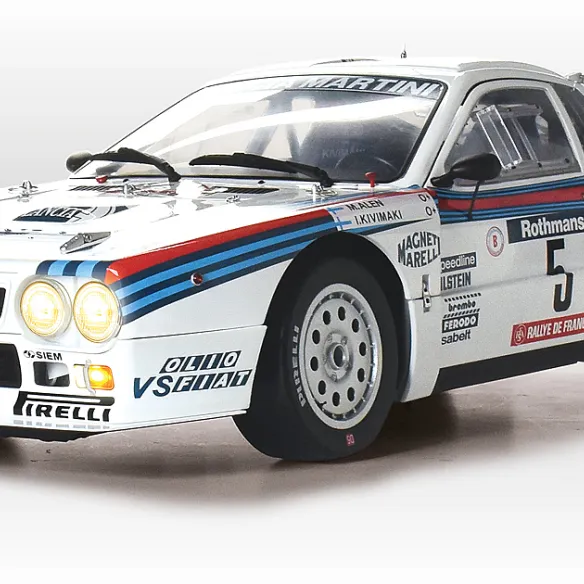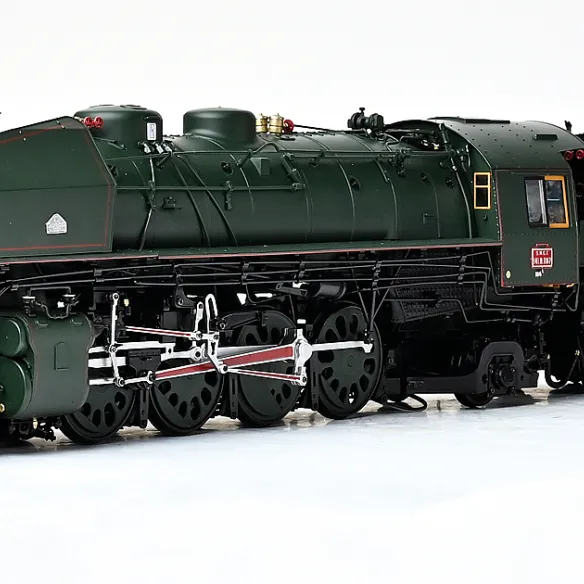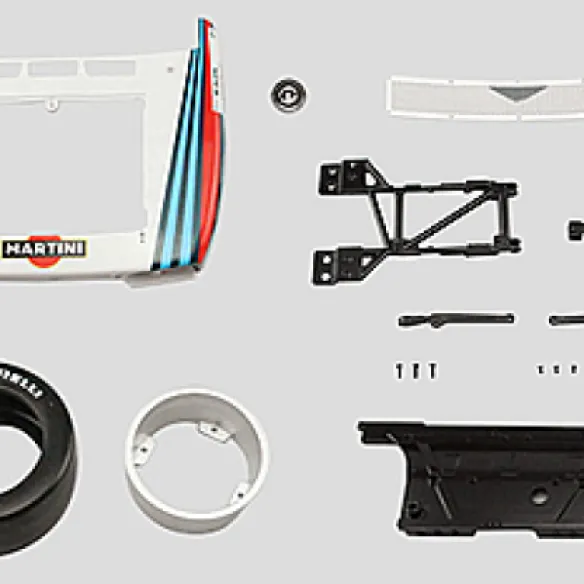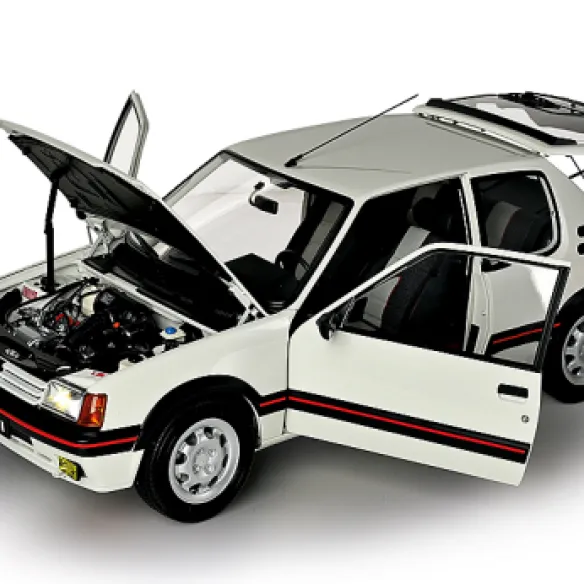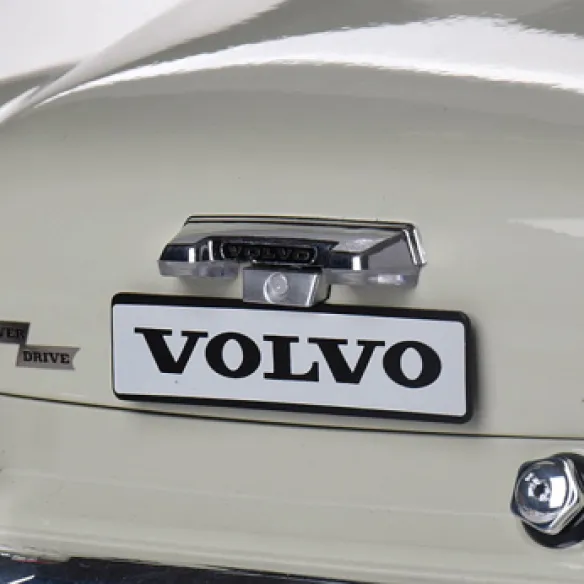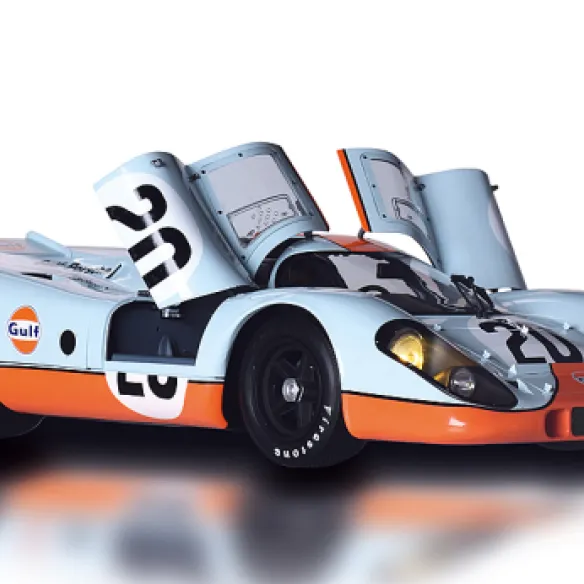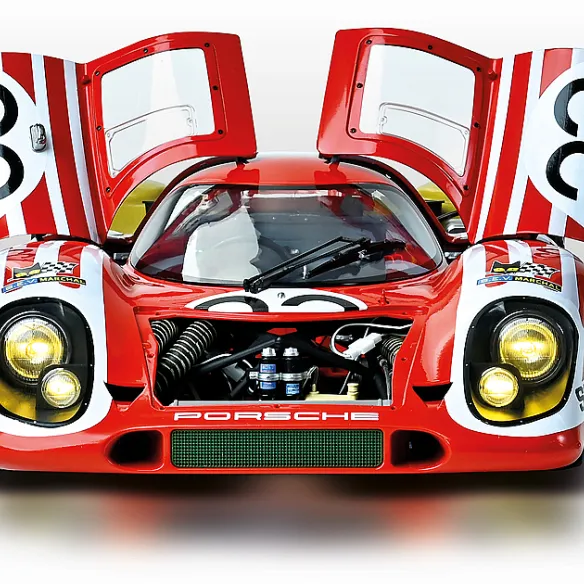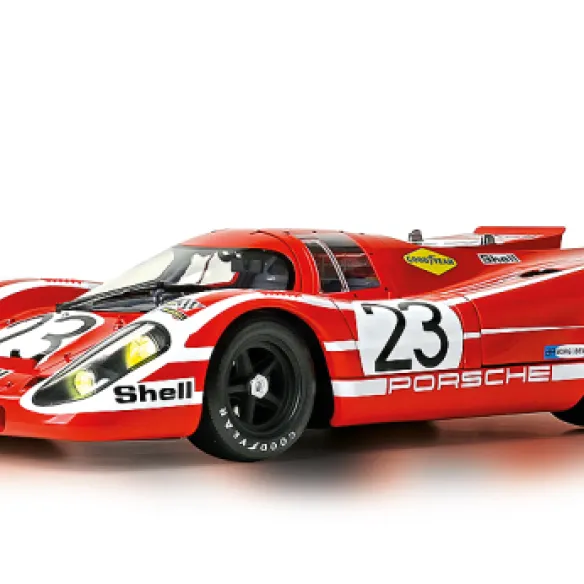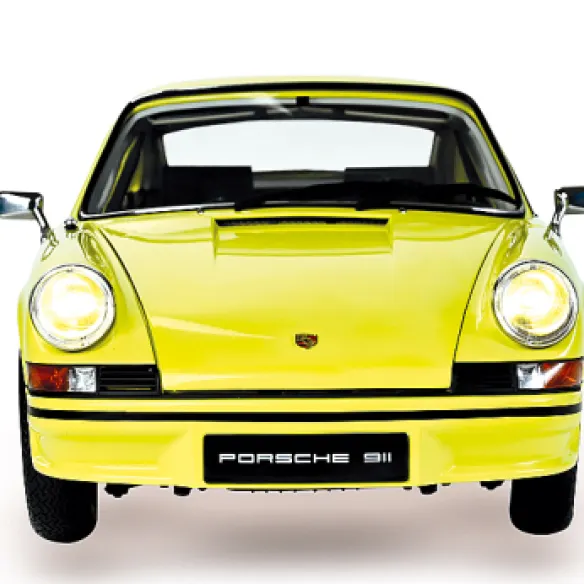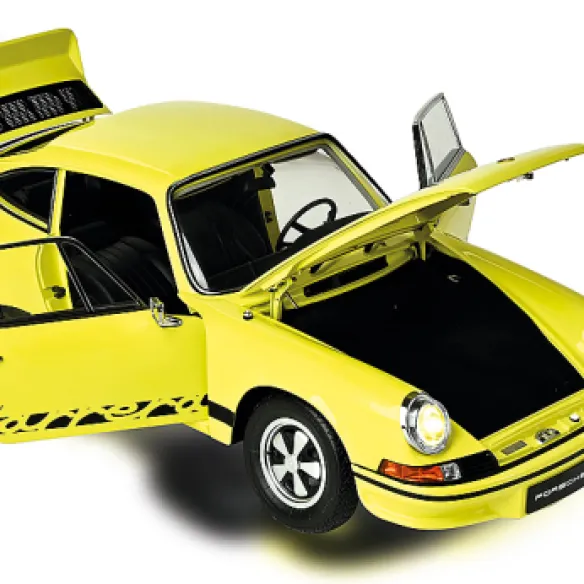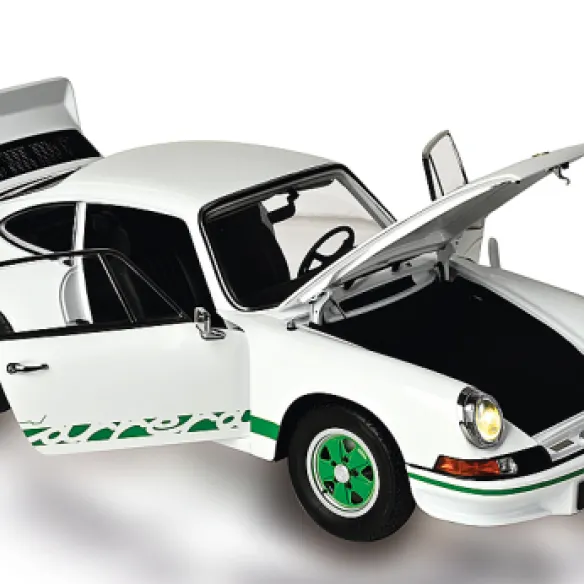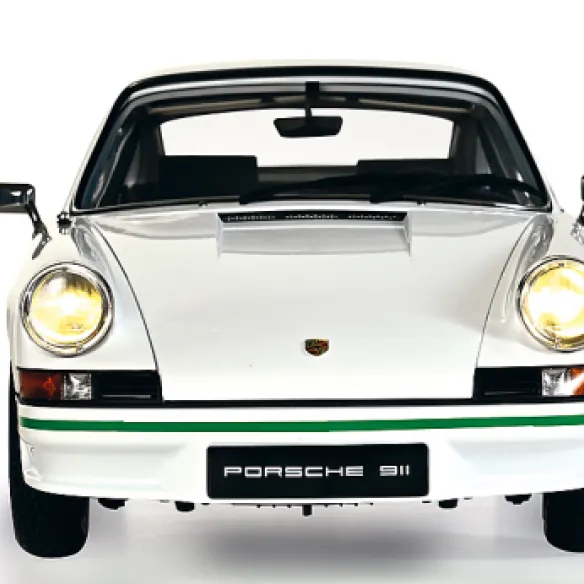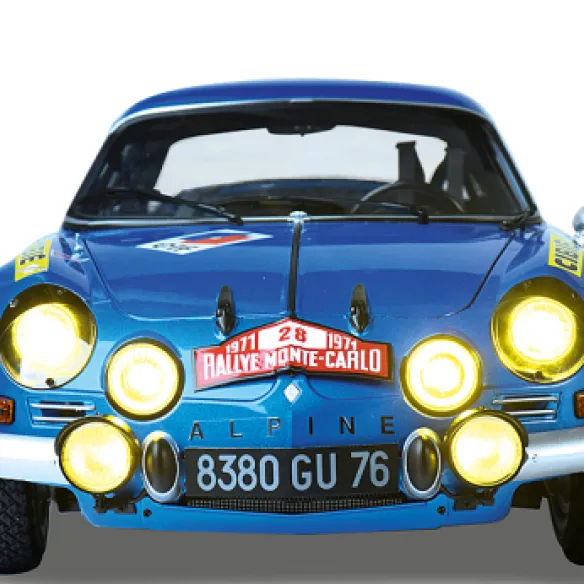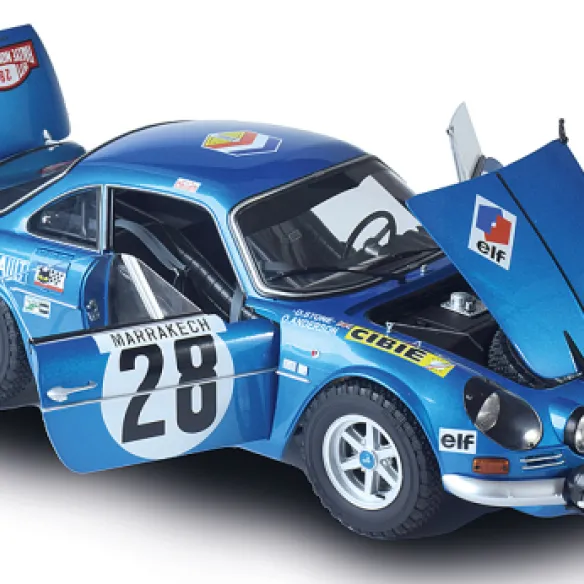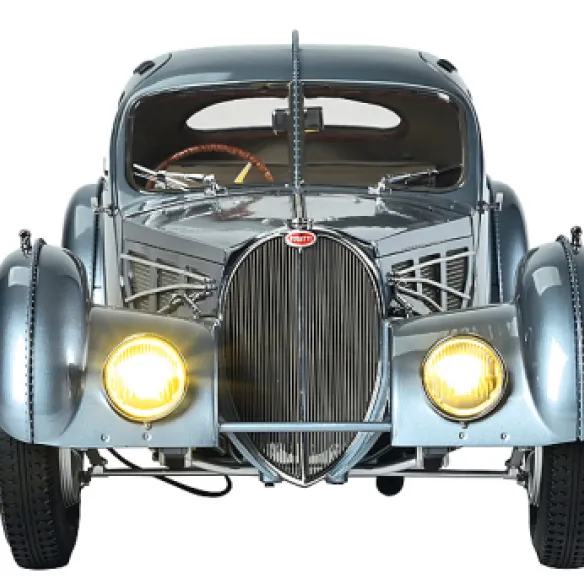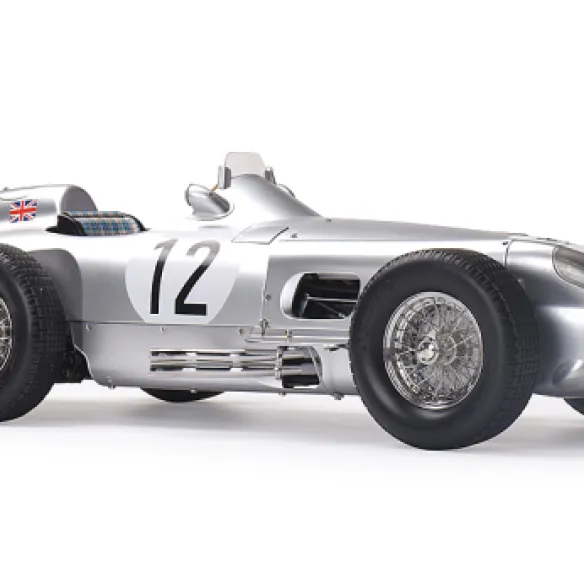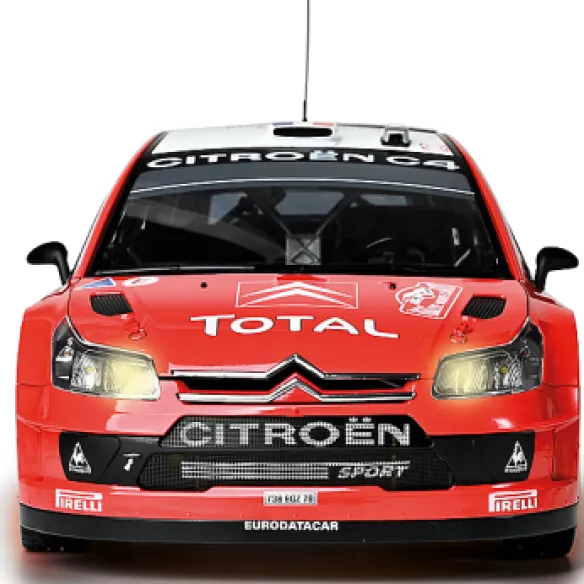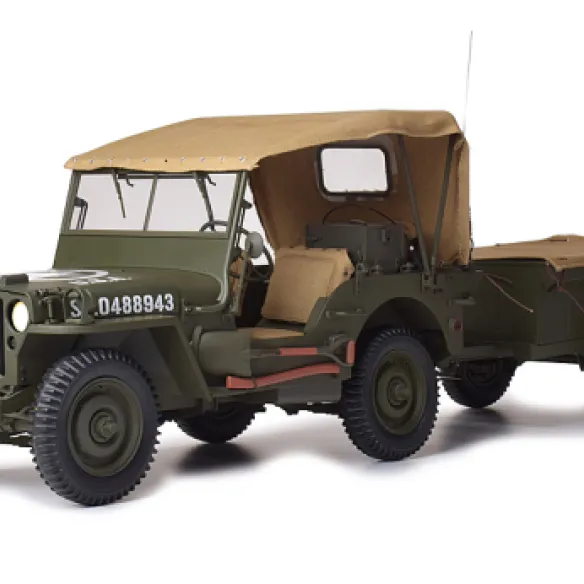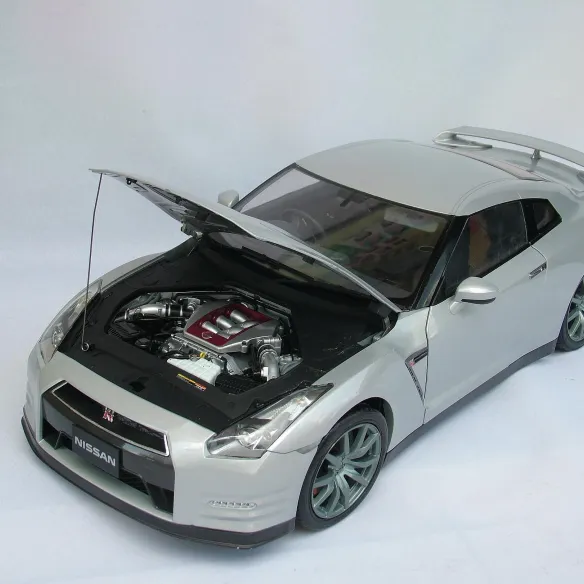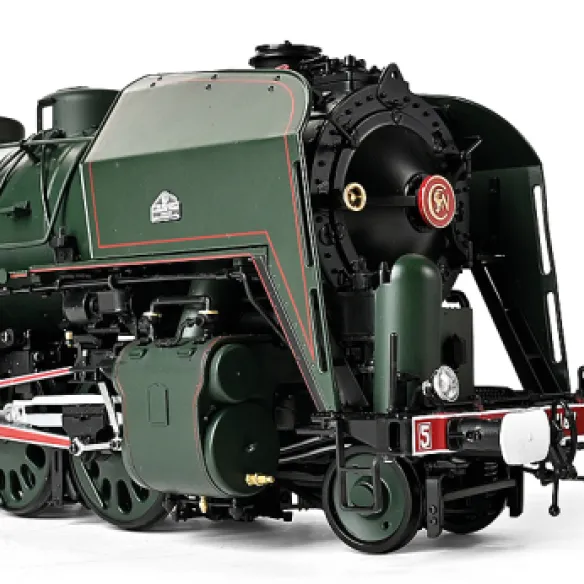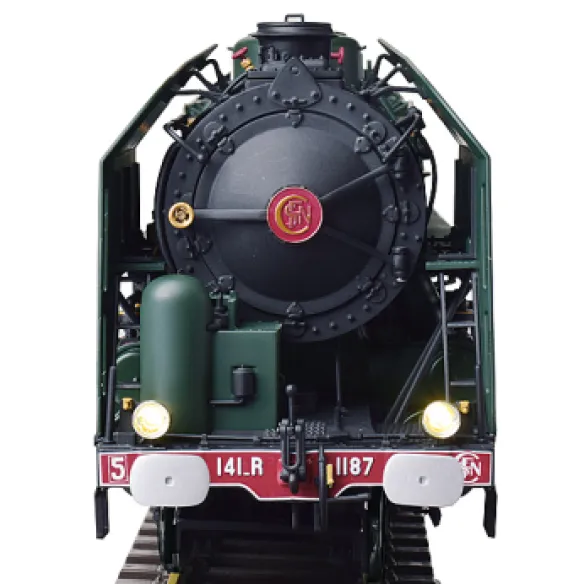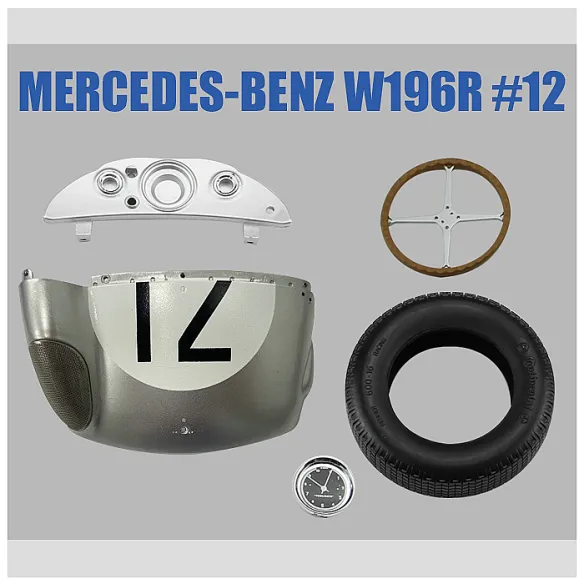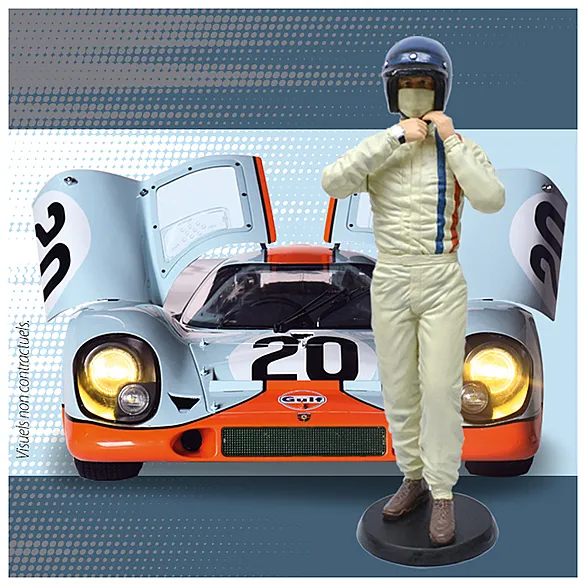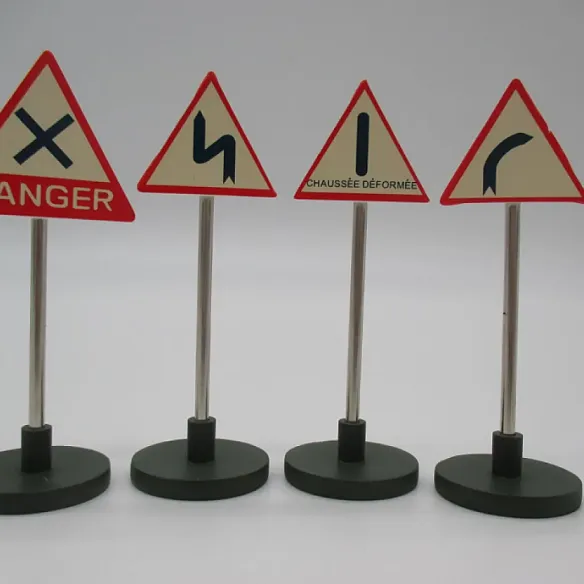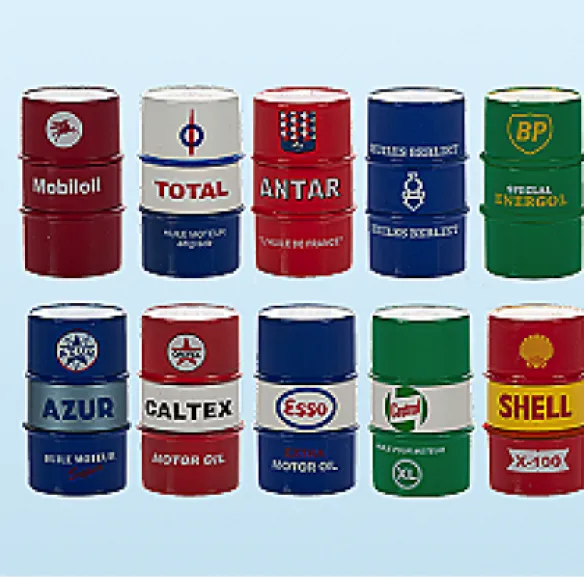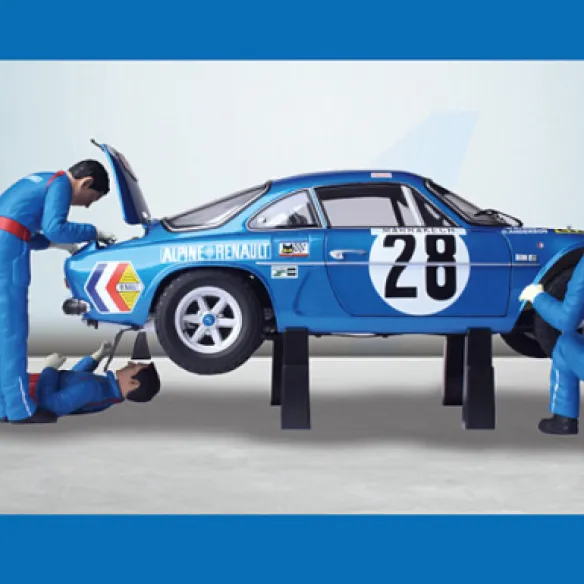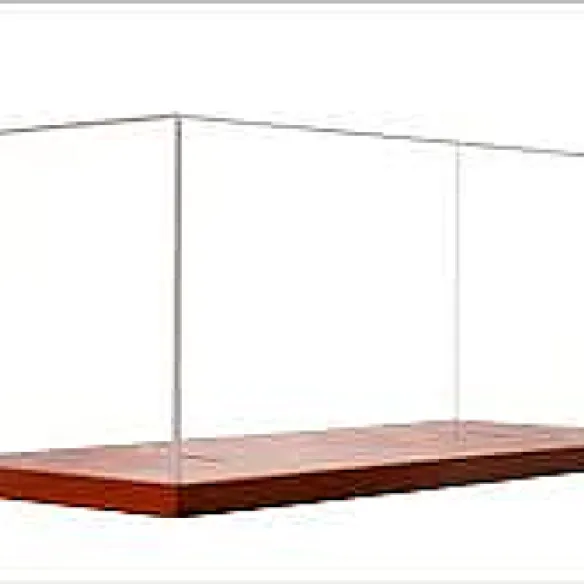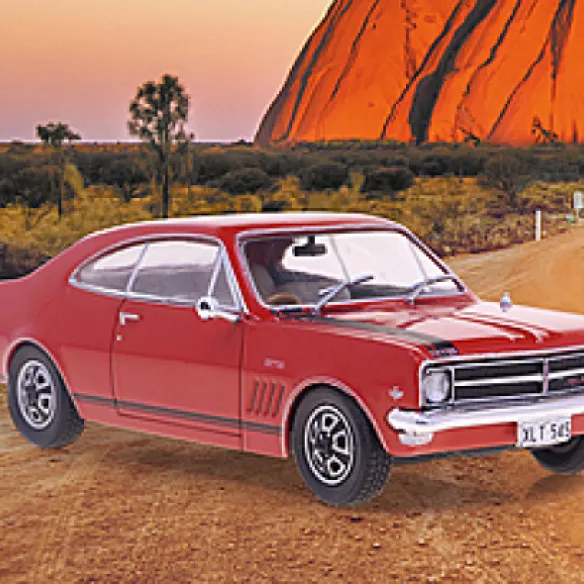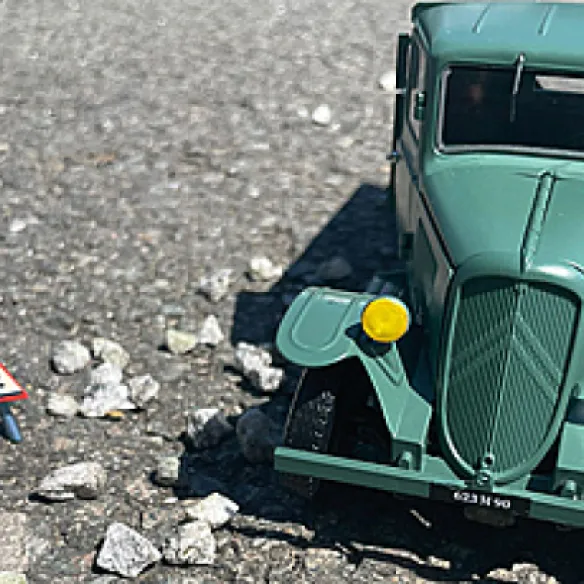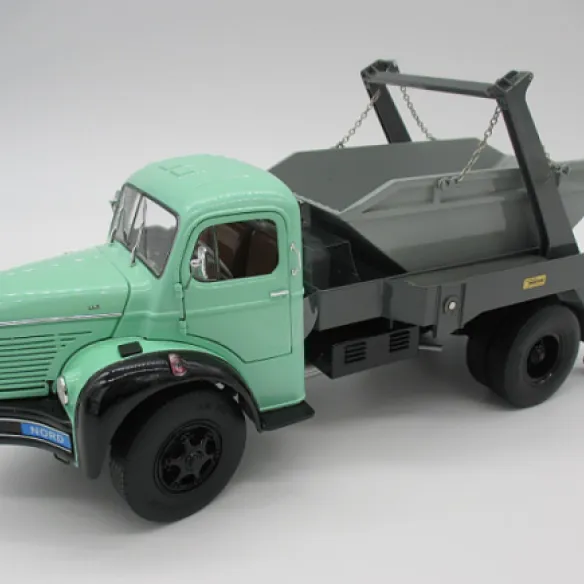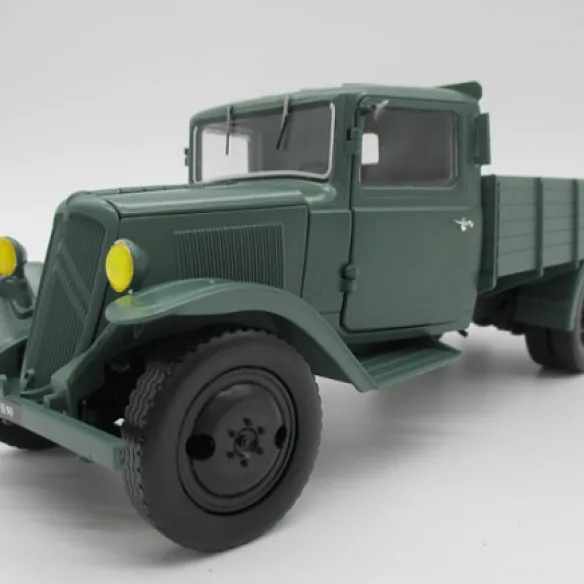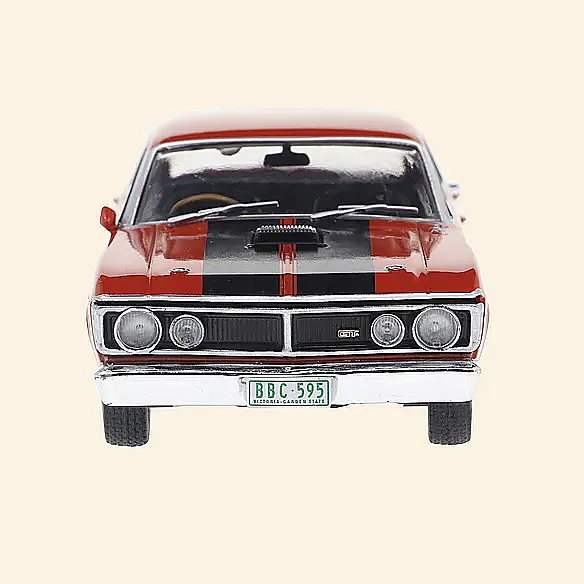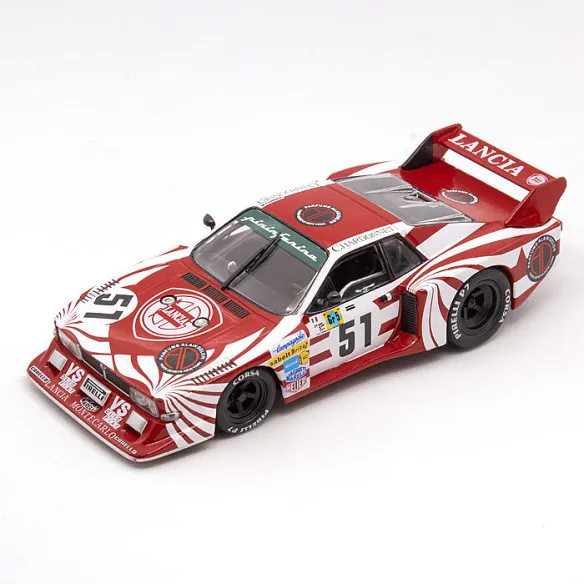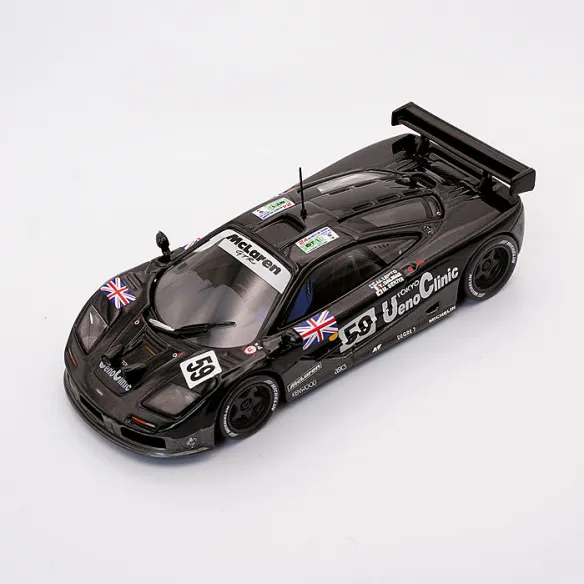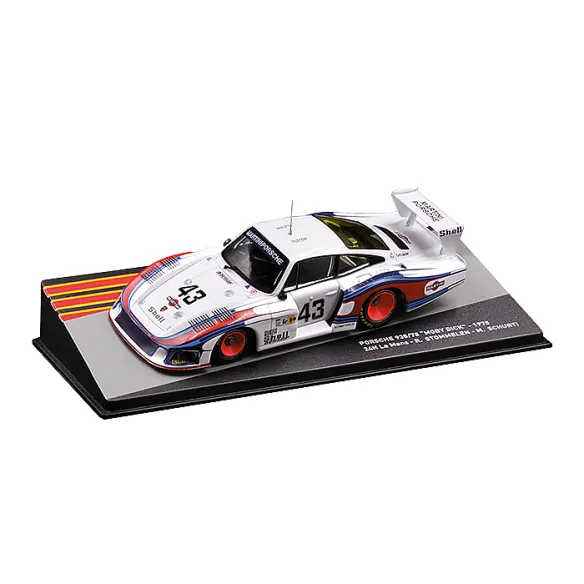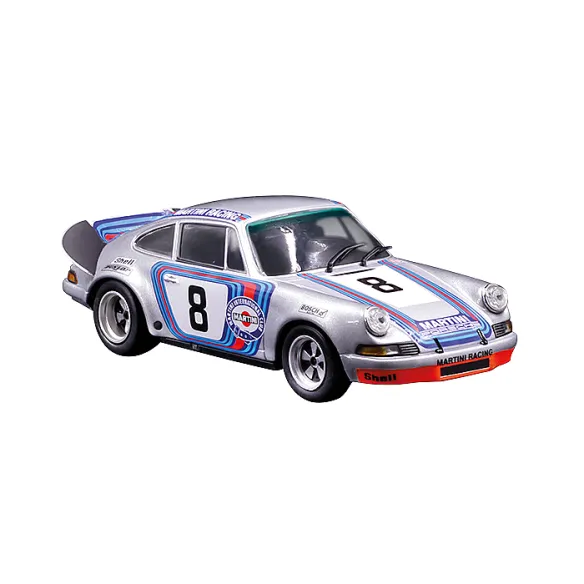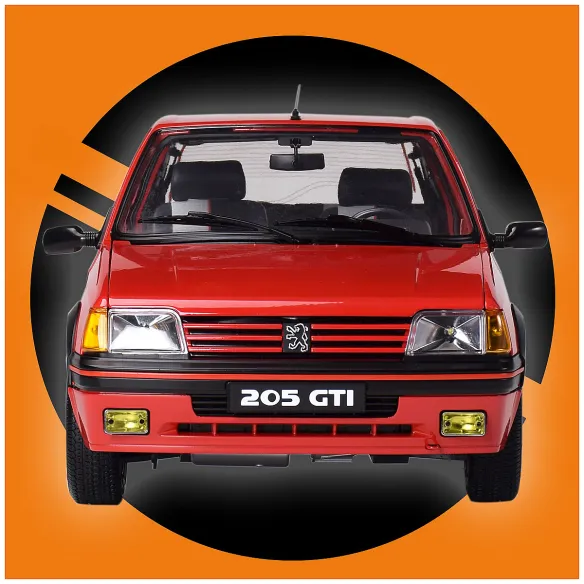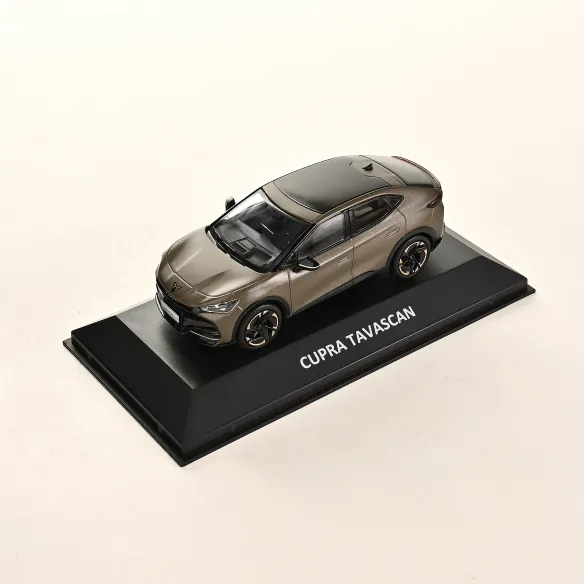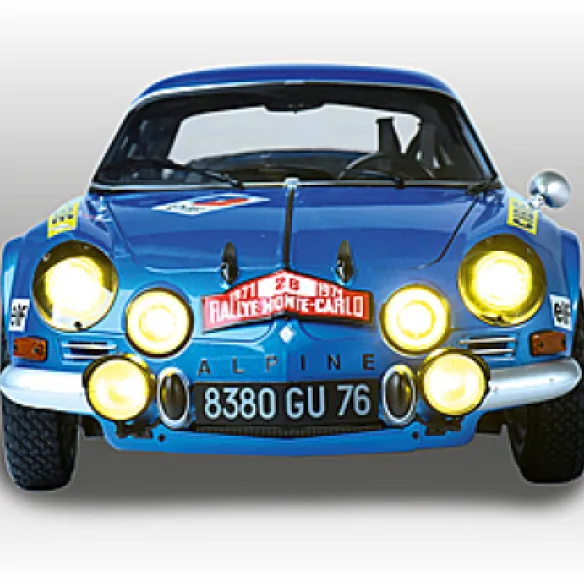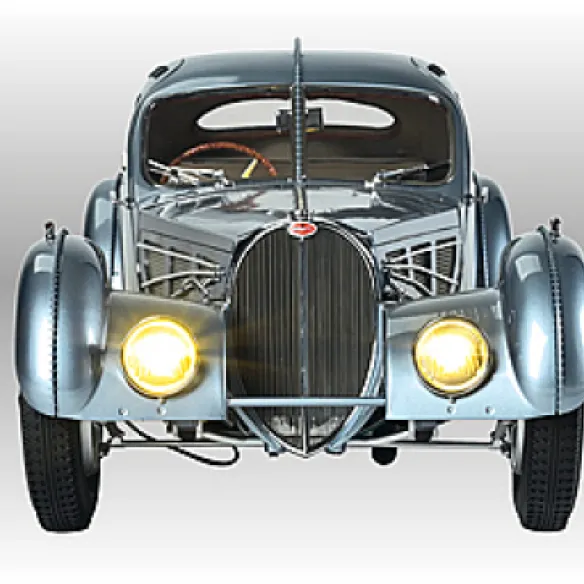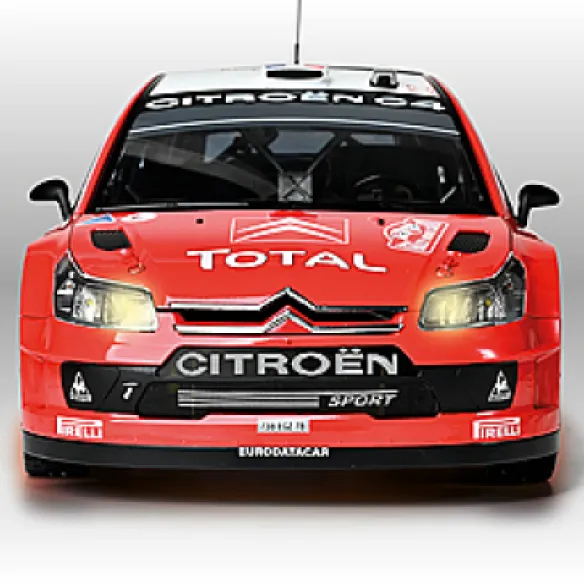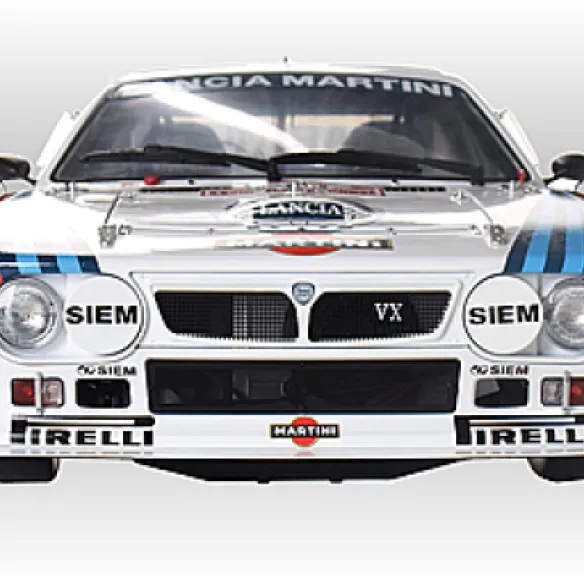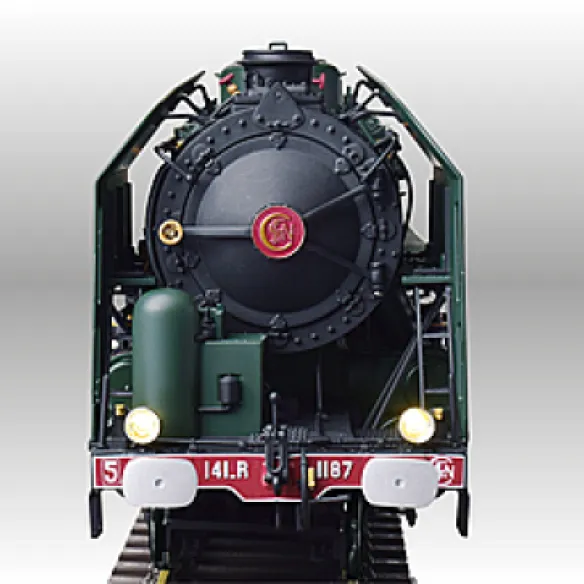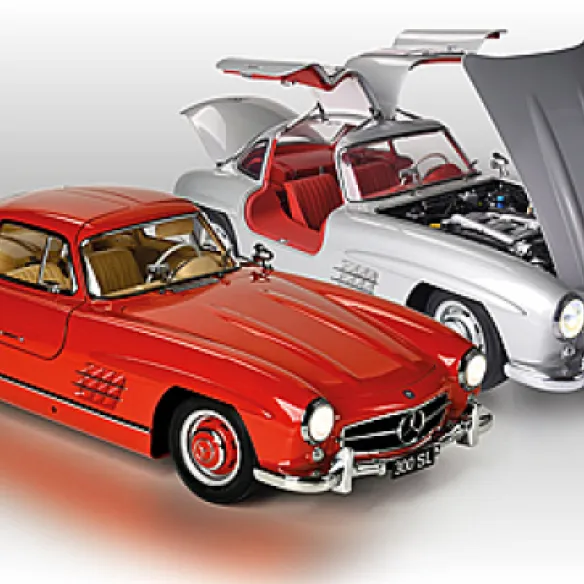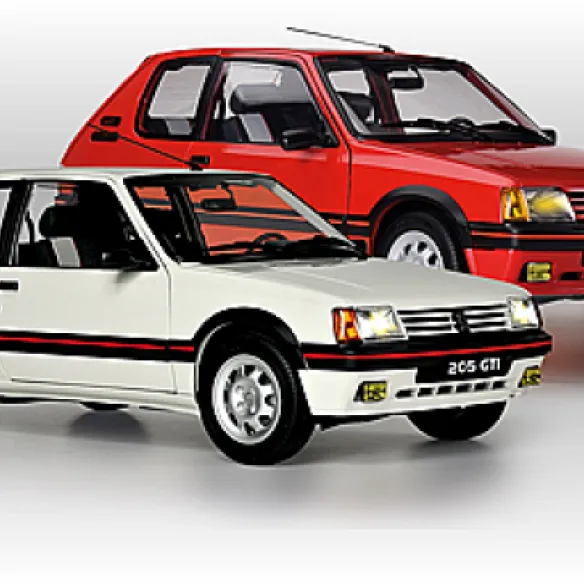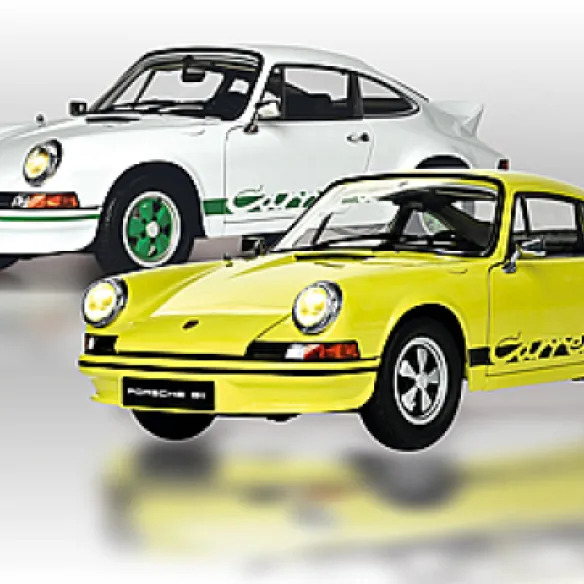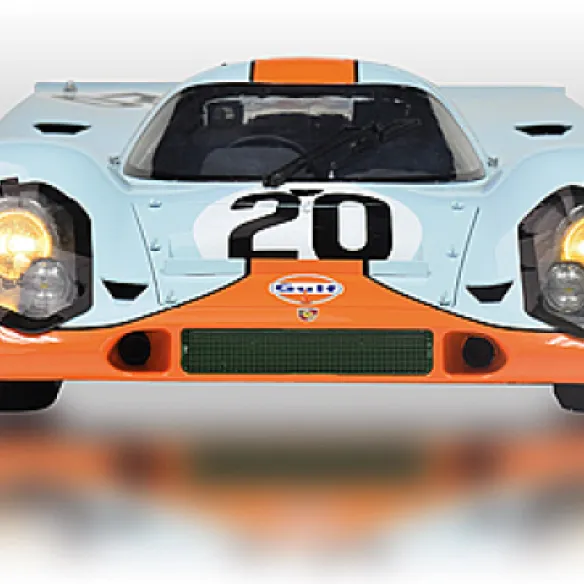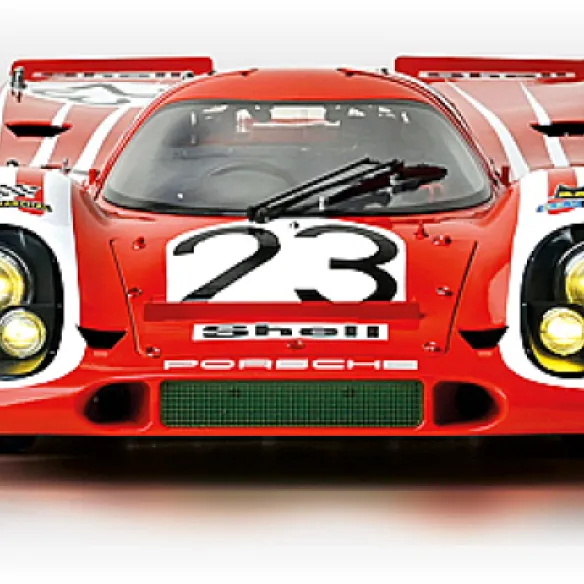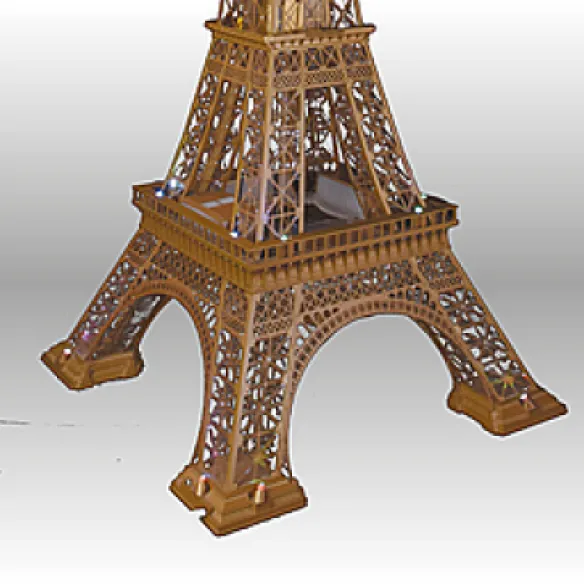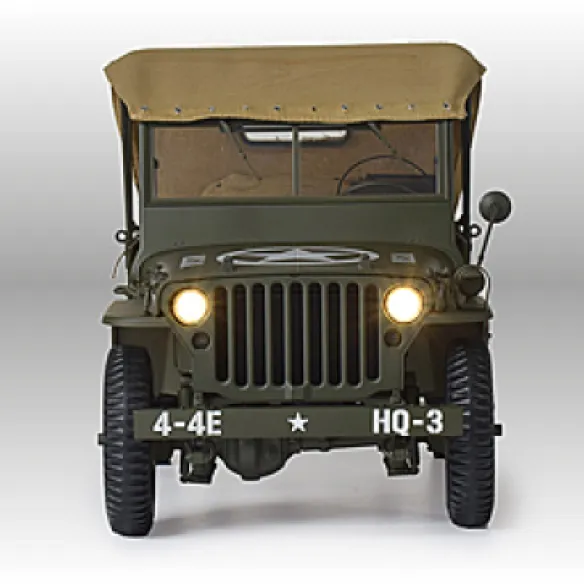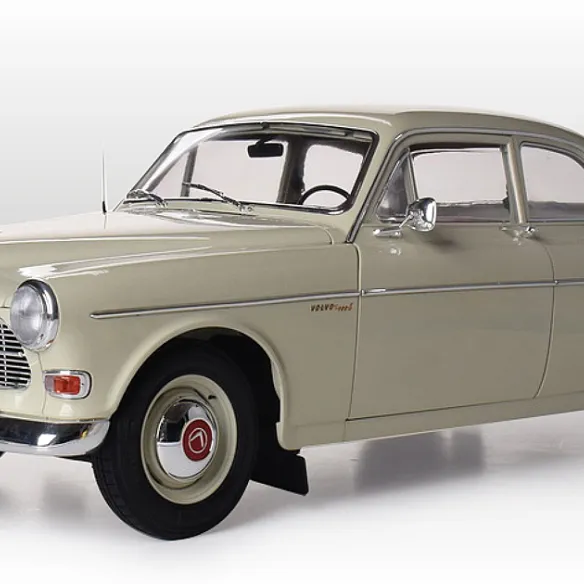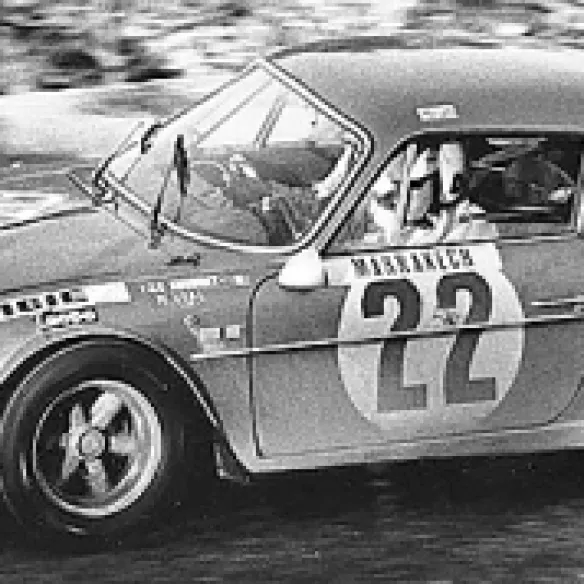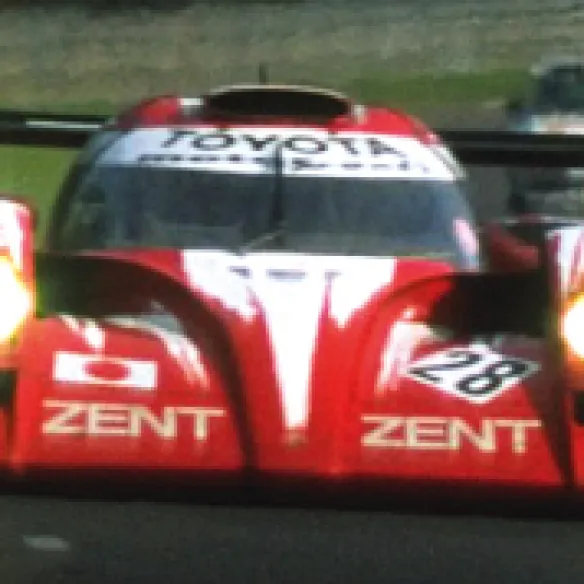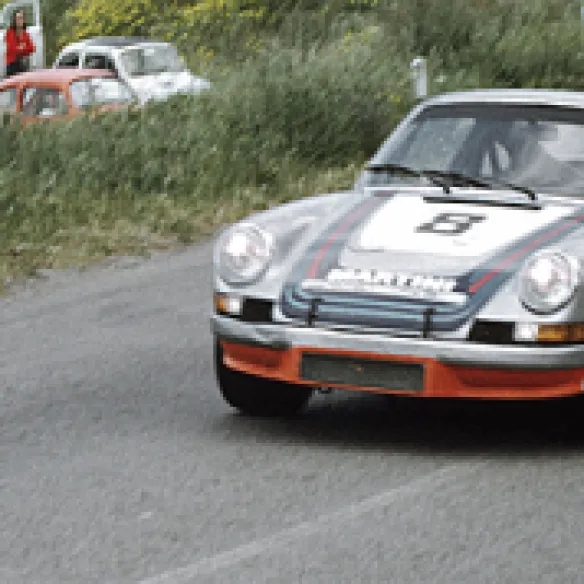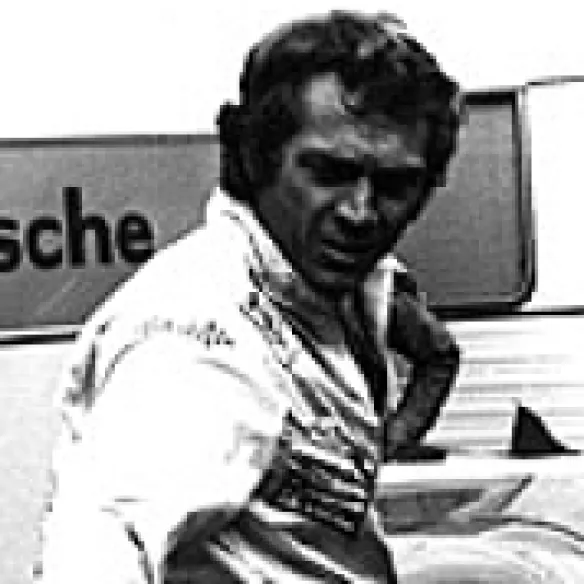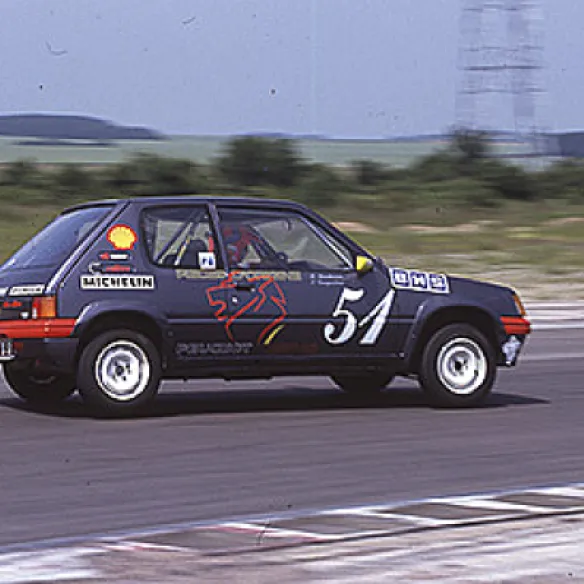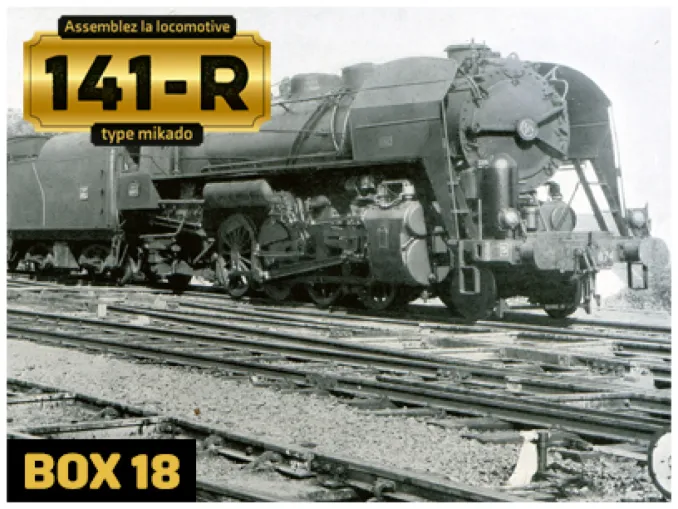
26/05/2025
THE TECHNICAL CHOICES THAT LED TO THE 141-R
After World War II, during which the network was destroyed, SNCF lacked locomotives, especially new ones.
Read moreTHE TECHNICAL CHOICES THAT LED TO THE 141-R
After World War II, during which the network was destroyed, SNCF lacked locomotives, especially new ones. The company had a clear idea of what it needed, and that was a new locomotive that was powerful, robust and simple to build.
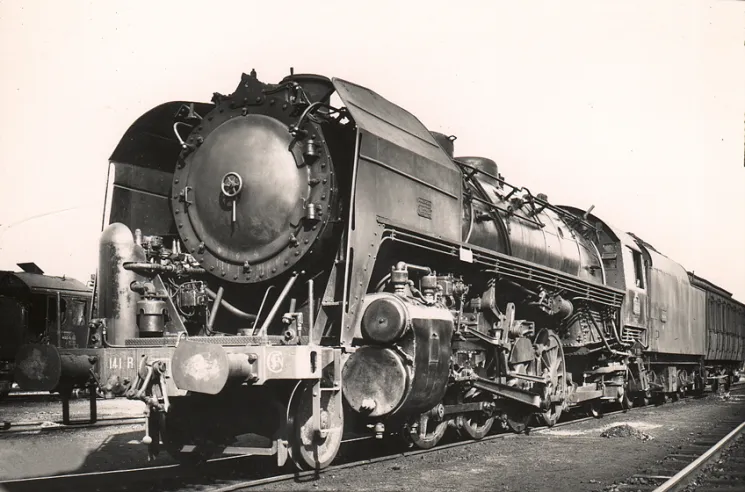
A beautiful 141-R that hides its number, but has four driving axles with spoked wheels and a Delta-type rear bissel. No doubt in gloss rather than matt black paint, this ‘R’ is on the grill of a depot.© IXO Collections SAS - Tous droits réservés. Crédits photo © Collection Trainsconsultant-Lamming
However, French industry was unable to build it because its factories had been destroyed. To ensure that it would stand up well in service, the components would have to be large enough to withstand the severe strain and stresses involved in operating a railway. The components and the maintenance auxiliaries were to be simple, easy to use and inexpensive.
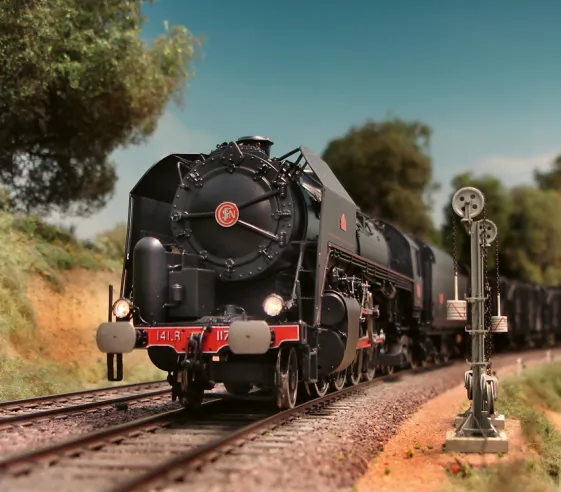
A green 141-R on the line, but as a ‘0’ scale model, seen on the magnificent network at the Rambolitrain museum in Rambouillet.© IXO Collections SAS - Tous droits réservés. Crédits photo © Document Denis Regnault.
KEY PRINCIPLES FOR A NEW LOCOMOTIVE
Operating our famous 141-R will be very easy and will allow what is known as ‘banality’, i.e. operating a locomotive not by one dedicated permanent team but on a rotational basis with different teams taking turns day and night. As a result, the locomotive, which will admittedly be American, will be completely French in its operation and maintenance. It is essential for French locomotive engineers to be able to drive on the left and walk on the left on the double-track lines.
Operators need two levels of water on the ‘front’ of the driver’s cabin instead of just one. They also need oil lubrication rather than grease (which has long been absent from the deposits). In addition, the depots need screw threads, spacers and firebox tie rods in metric sizes, or a firebox made of welded sheet steel. The French networks need a curved radius of 81 metres instead of the American minimum of 100 yards, and so on. But in its construction and all of its features, the 141-R is very American, right down to its general appearance, its wheels, its chassis, its boiler, including and above all its comfortable and spacious driver’s cabin, its Nathan mechanical lubricators, its Worthington water pump or its Pyle-National turbo-dynamo as well as its Sure-Flo sand ejectors.
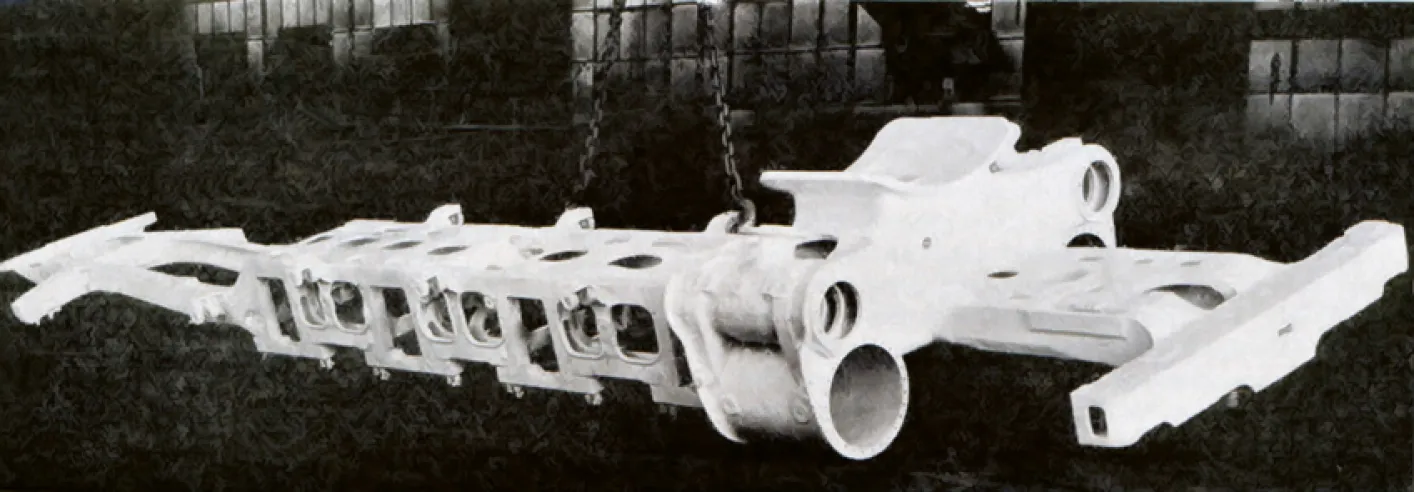
The famous one-piece cast chassis, including cylinders, used on 200 141-R locomotives of the second batch. This masterpiece of foundry work weighs around 18 tonnes and is 11 metres long.© IXO Collections SAS - Tous droits réservés. Crédits photo © Collection Trainsconsultant-Lamming
AMERICAN STYLE, ESPECIALLY THE TENDER
With its welded or riveted body resting directly on two American bogies with cast steel longitudinal beams and monobloc steel wheels, this tender is pure American design. While the water treatment system was the brainchild of Louis Armand, who was at the helm of the SNCF during those difficult years, everything else about the tender was purely American, including the Franklin towbar with its special buffers, the Okadee rubber water supply ball joints feeding a Worthington pump and the Barko steel ball joints for the stoker and heating pipes. Workers in the depot workshops found all these details with every 141-R returned to the depot, requiring different tools and ‘tricks of the trade’. The ‘R's really brought the depot workshops into the American era, with the same social impact as the cinema, electrical appliances, fast food, chewing gum, jazz and rock and roll that took over society and conquered young people.

Locomotive N° 141-R-874 towing a test train consisting of a measurement car and locomotives forming a large towed load. Seen in 1945-1947.© IXO Collections SAS - Tous droits réservés. Crédits photo © Collection Trainsconsultant-Lamming
THE POWERFUL FEF OF THE UNION PACIFIC
In 1937, the powerful Chief Executive Officer of the great American network ‘Union Pacific’, a certain William Jeffers, had his personal car hooked onto the end of a passenger train. As railway workers everywhere know, a locomotive breakdown always happens on such a day, and that's exactly what happened... Jeffers was furious about the damage.
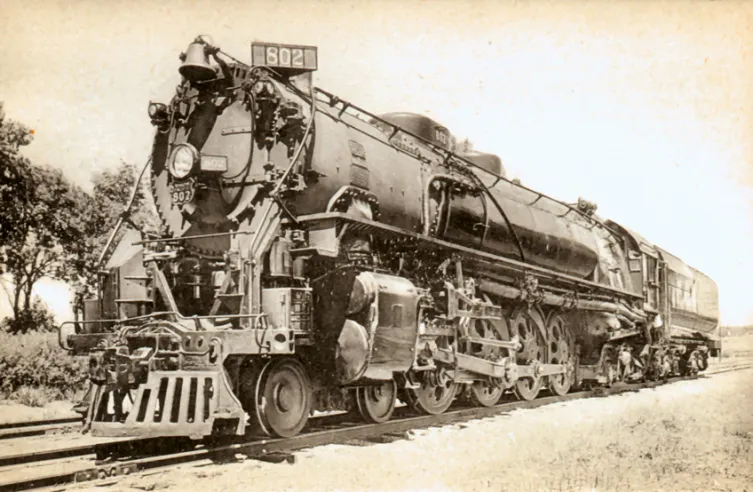
Type 242 ‘FEF’ locomotive. This is N° 802, built in 1937 for the very important Union Pacific network. It already has the boxpok wheels and solid load-bearing wheels of the future 141-R, as well as a boiler overloaded with pipework and auxiliaries.© IXO Collections SAS - Tous droits réservés. Crédits photo © Collection Trainsconsultant-Lamming
Shortly afterwards, the network was equipped with a new series of type 242 speed locomotives, the famous ‘FEF’, for ‘four-eight-four’ or 484 - as the Americans, like the British, count the wheels and not the axles... The 1920s and 1930s were a golden age in the USA, with more than 400,000 km of track, fast streamlined trains travelling at 160 km/h and offering incredible luxury, with luxury ocean liner cabins equipped with bathrooms, huge freight trains, high-performance locomotives, monumental marble stations and gigantic viaducts over inlets and rivers: This was the best network in the world.
CLASSIC TECHNICAL CHARACTERISTICS
With their 412-tonne weight, which is three or even four times that of the small European ‘Pacifics’, these locomotives were nonetheless capable of travelling at more than 170 km/h in normal service. They were simple, but powerful and reliable. Due to their high coal consumption, they were replaced by diesel locomotives at the end of the 1950s. Several have been preserved and can still be seen today and in working order.
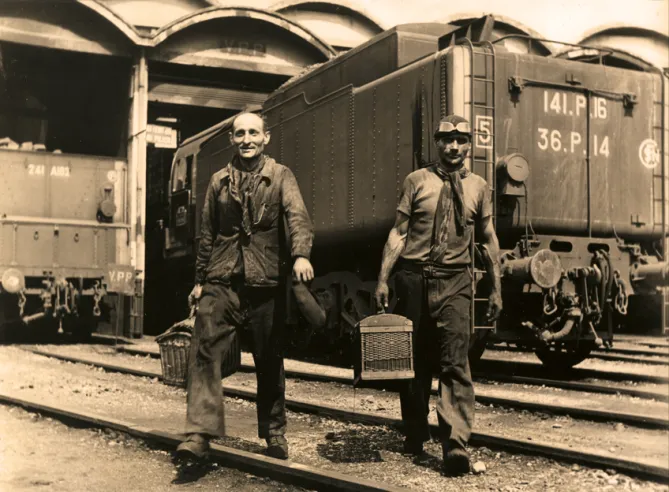
Mechanic (right) and his driver leaving their depot in the 1960s. They are finishing a hard day's work on board their 141-P and are carrying their traditional basket (hence the expression ‘packed lunch’) which has made the journey in the rear trunks of the tender.© IXO Collections SAS - Tous droits réservés. Crédits photo © Collection Pierre Decroix.
Recent articles
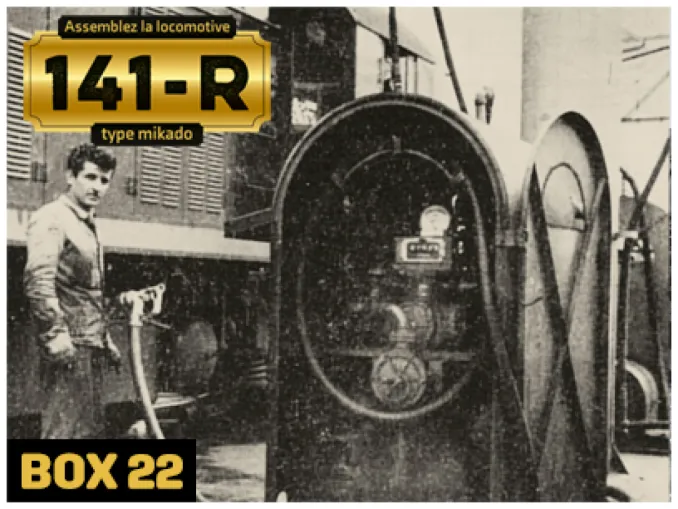
24/06/2025
The 141-R, late queens of petrol
With the 141-R, the reign of coal in France suddenly declined.
Read more
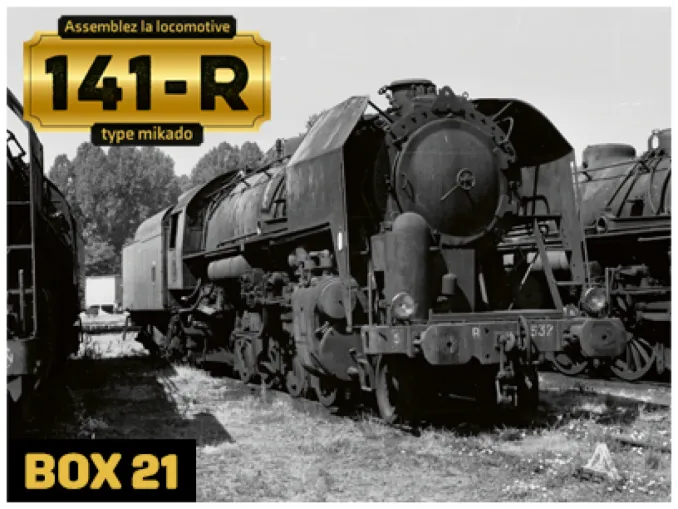
24/06/2025
The 141-R, the arrival of the second tranche
The 141-R-701 to 1340 locomotives make up the second tranche, delivered from 15 August 1946, while those in the first tranche are still being delivered.
Read more
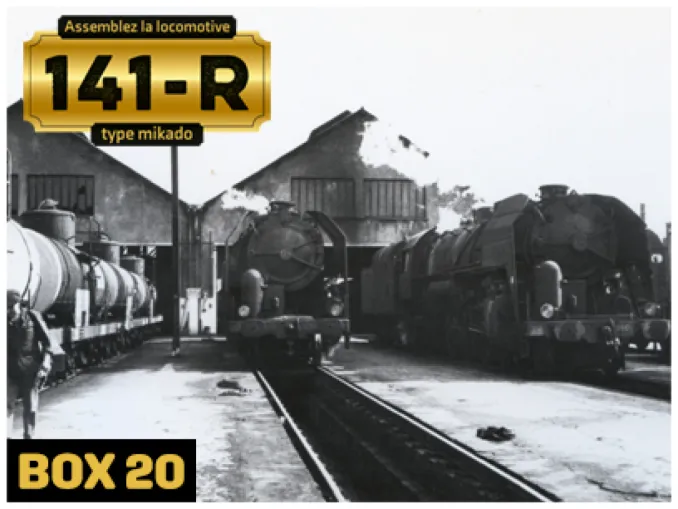
24/06/2025
THE 141-R CHANGED THE ROLE OF STAFF
These powerful, robust locomotives, imported from the United States after the Second World War, radically transformed the role of the staff at SNCF depots in terms of rail transport in France.
Read more


 English
English français
français Deutsch
Deutsch español
español italiano
italiano português
português